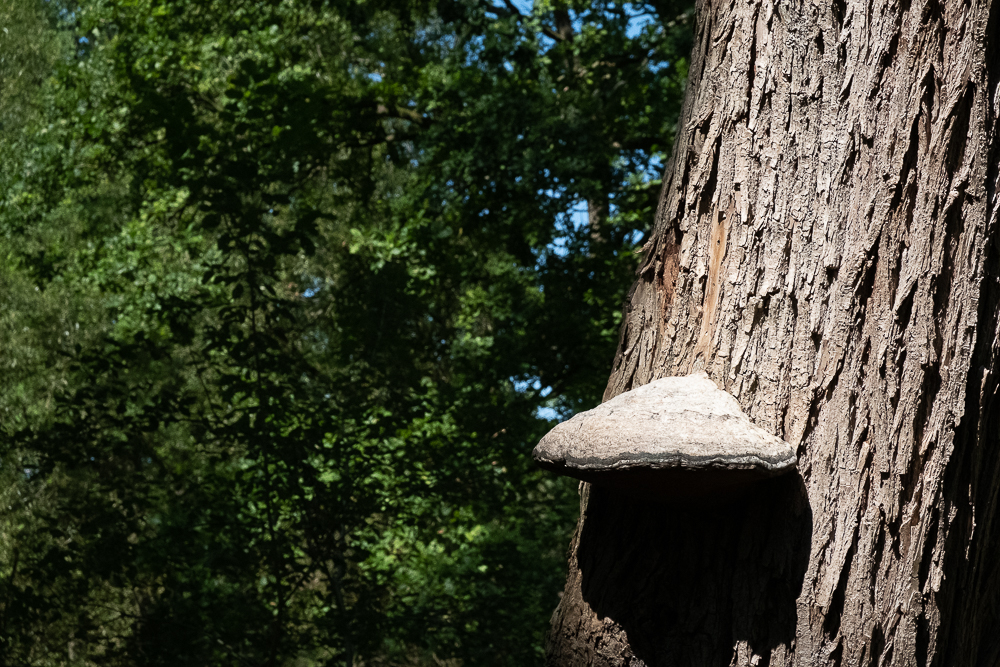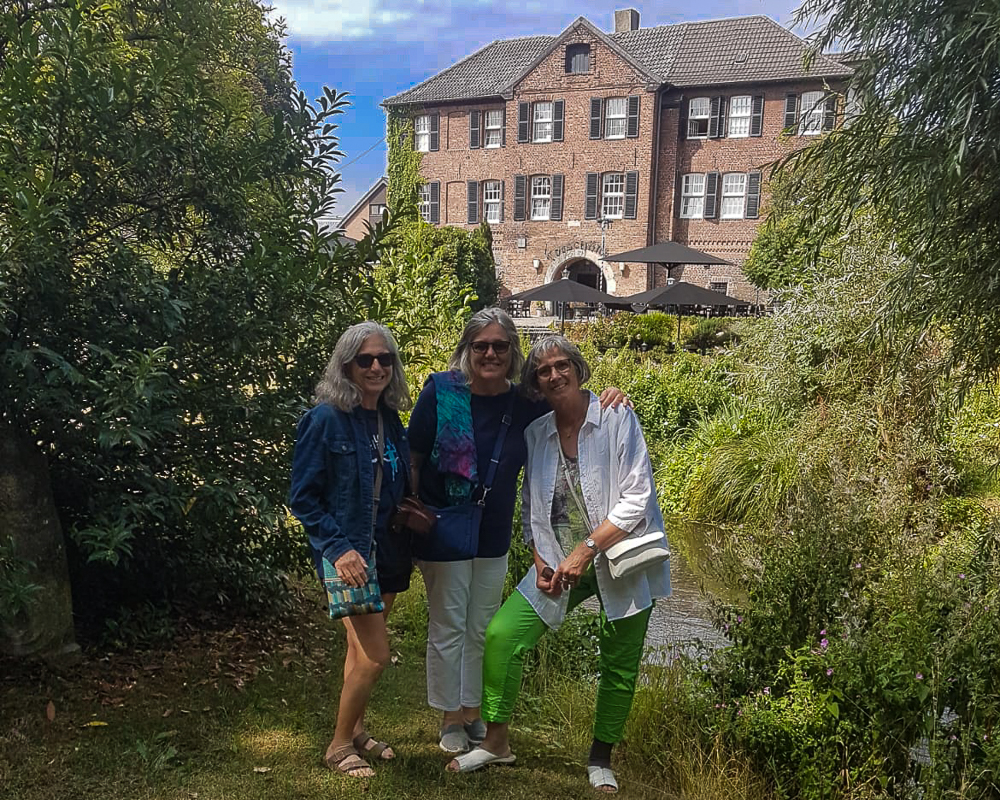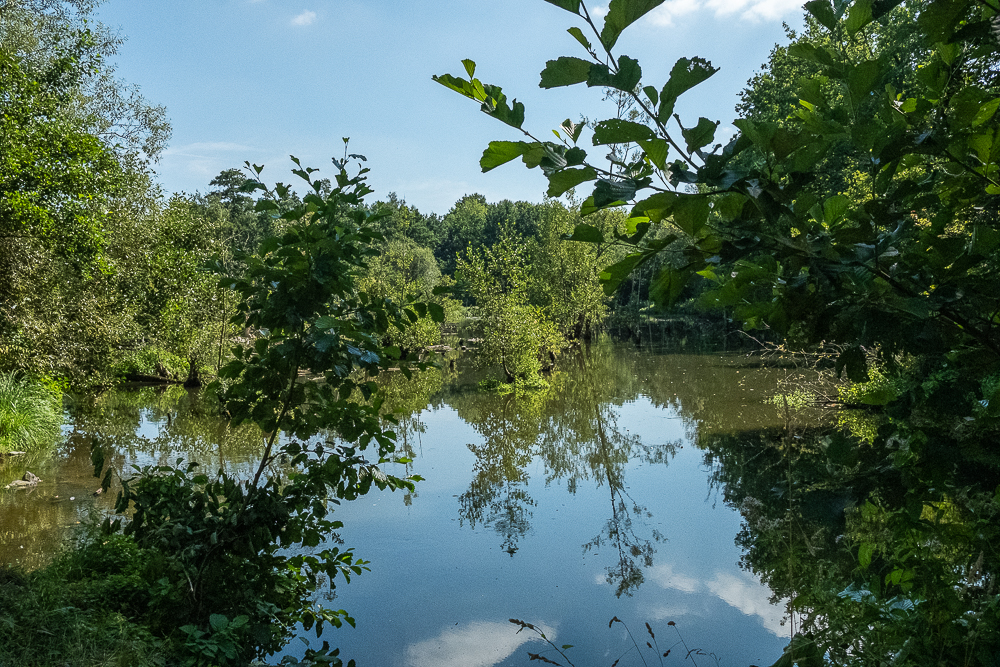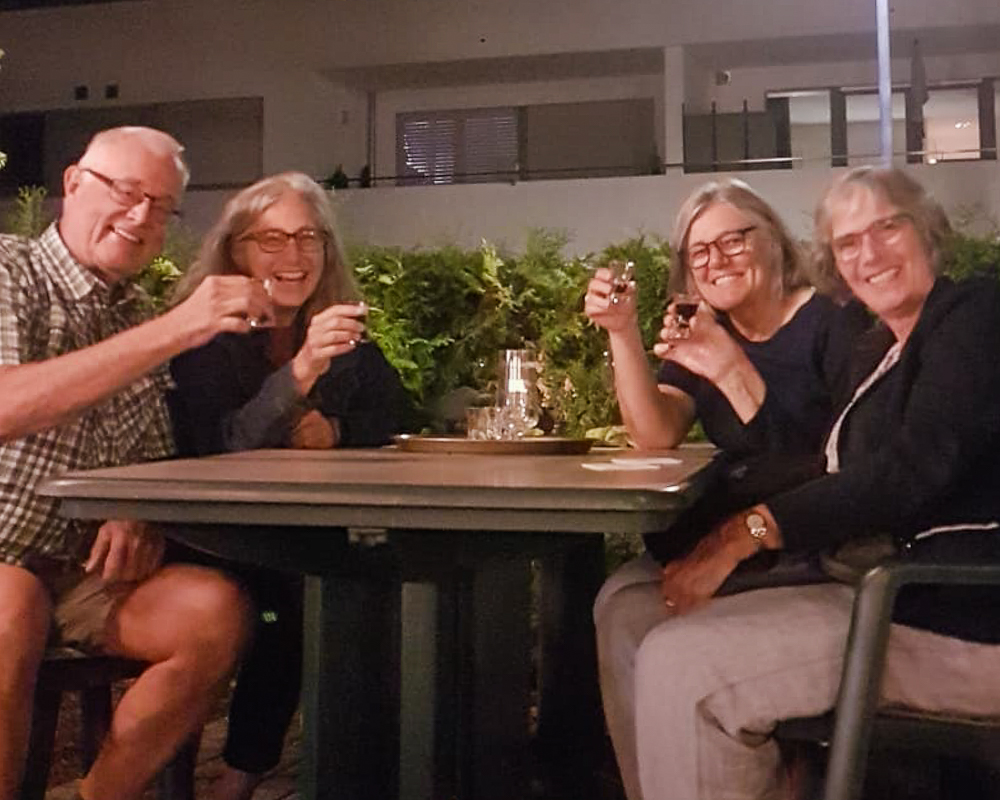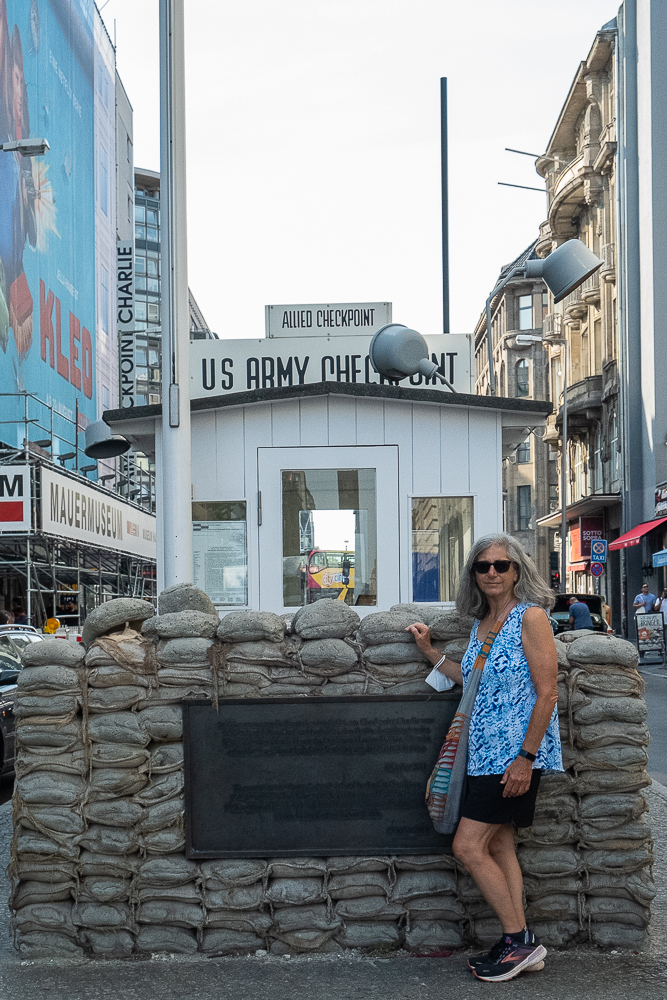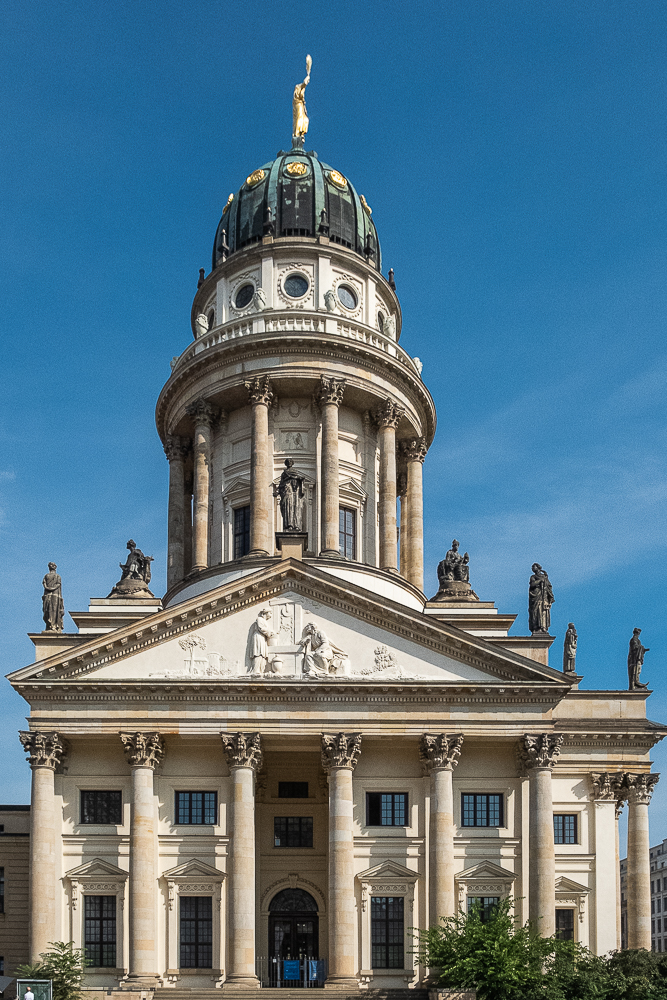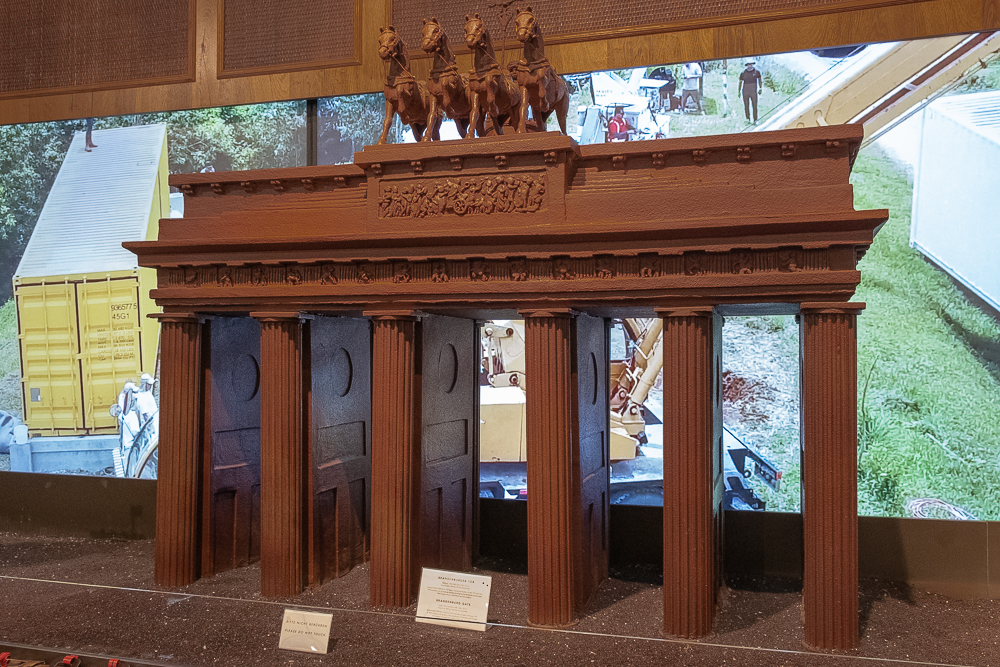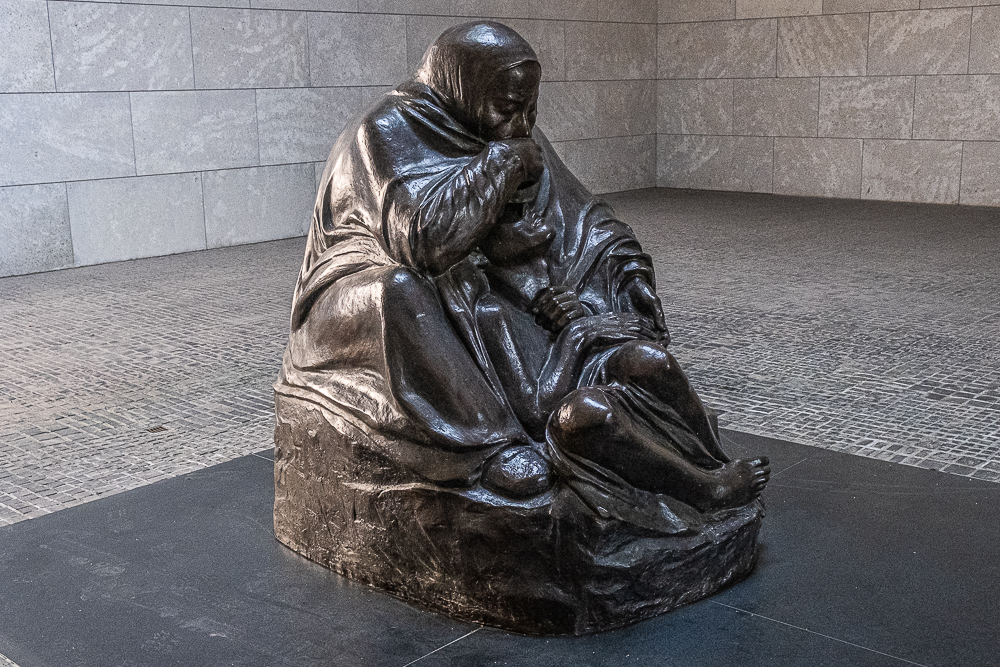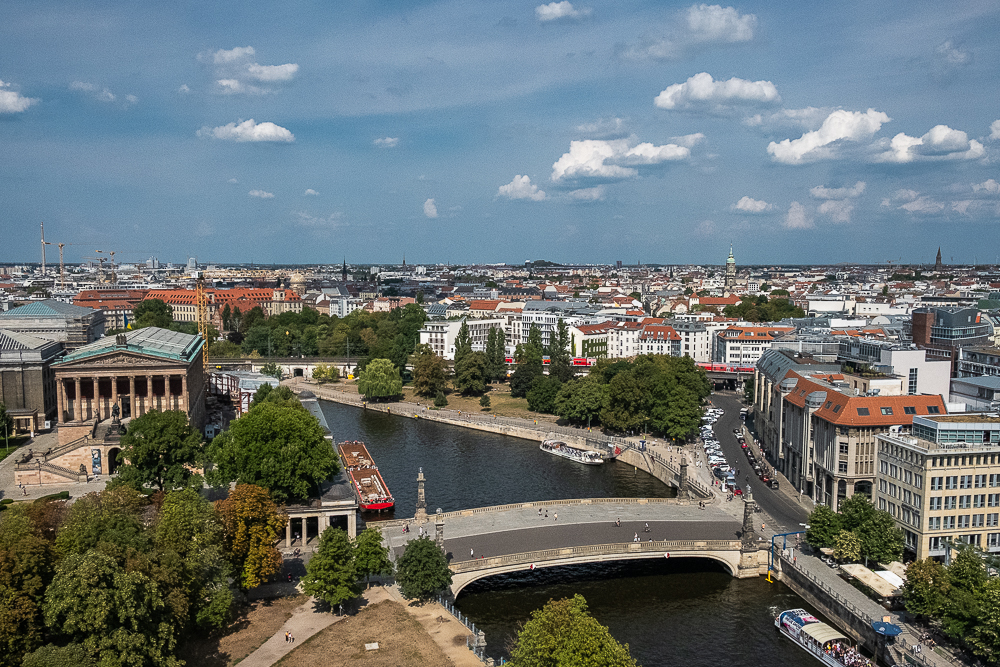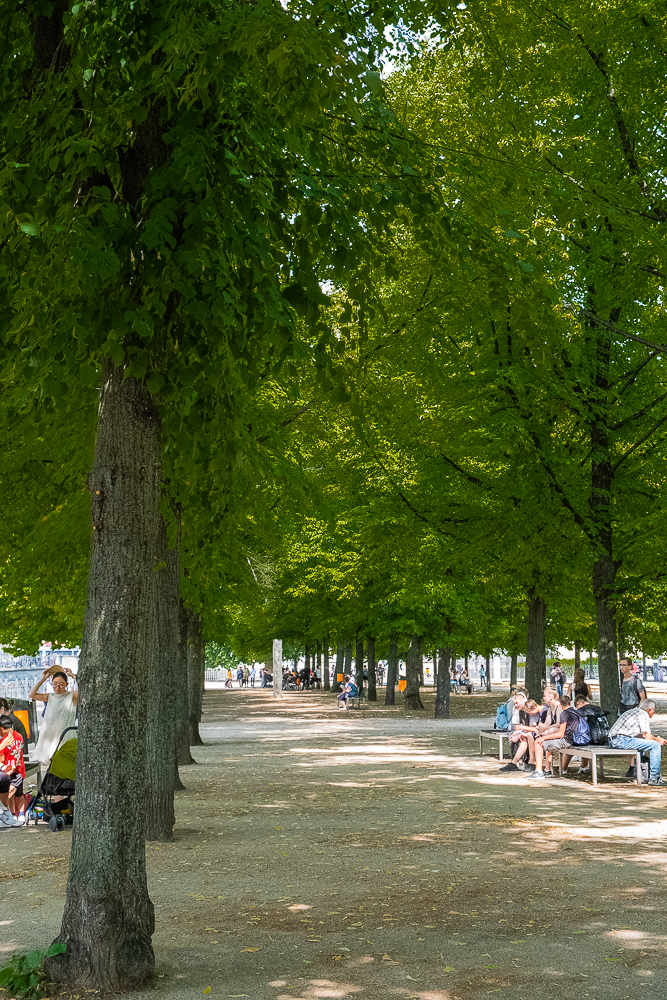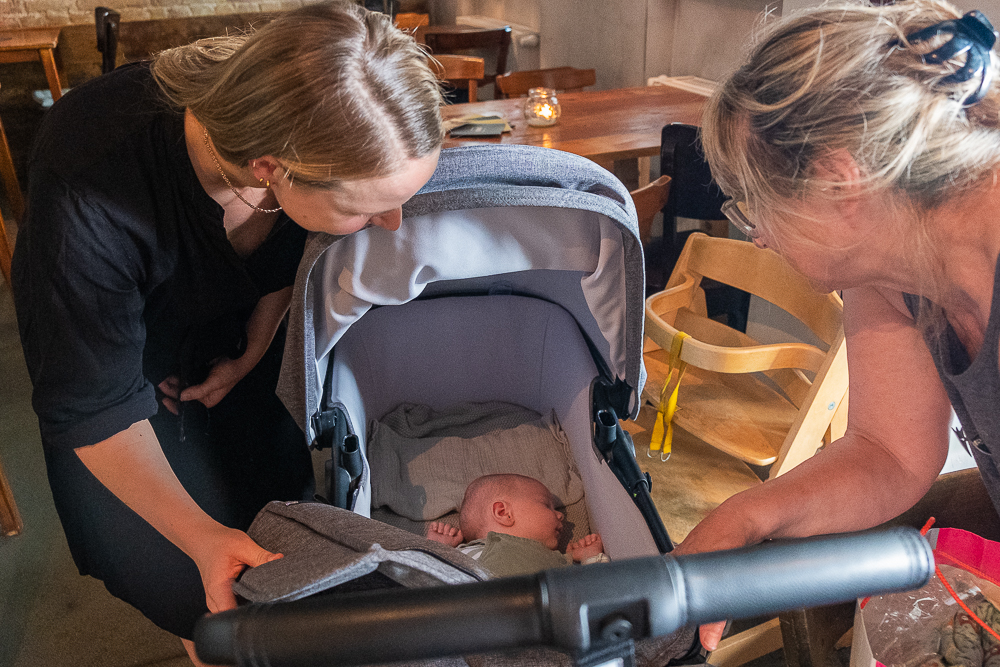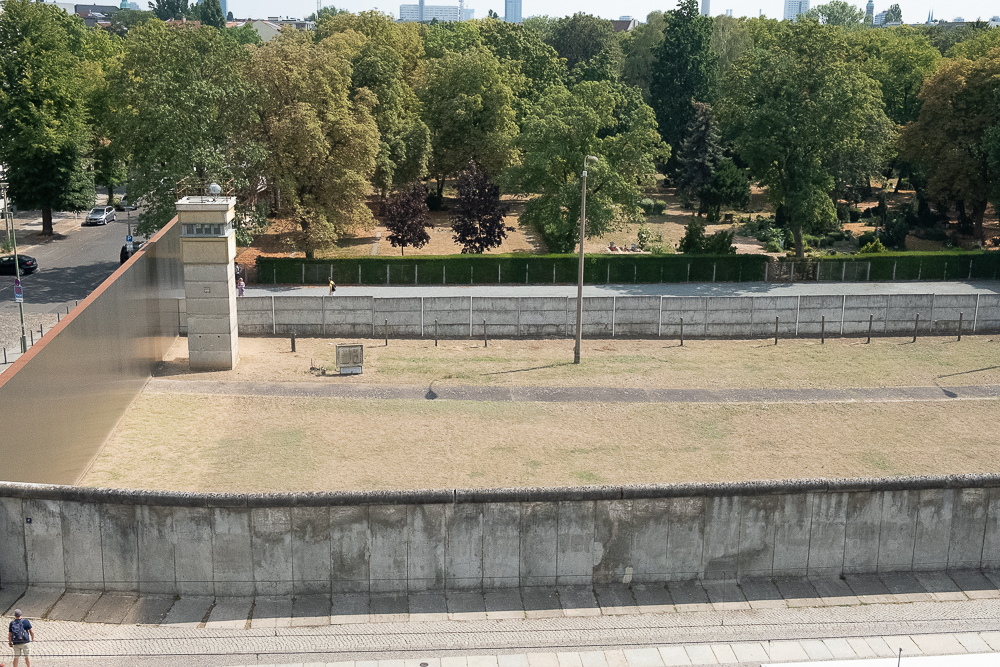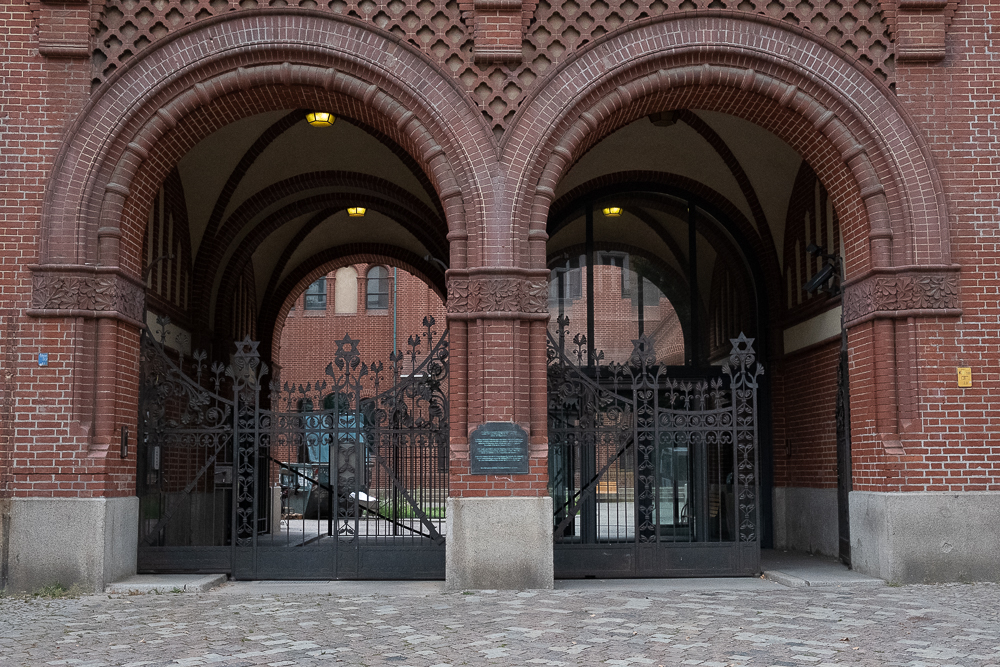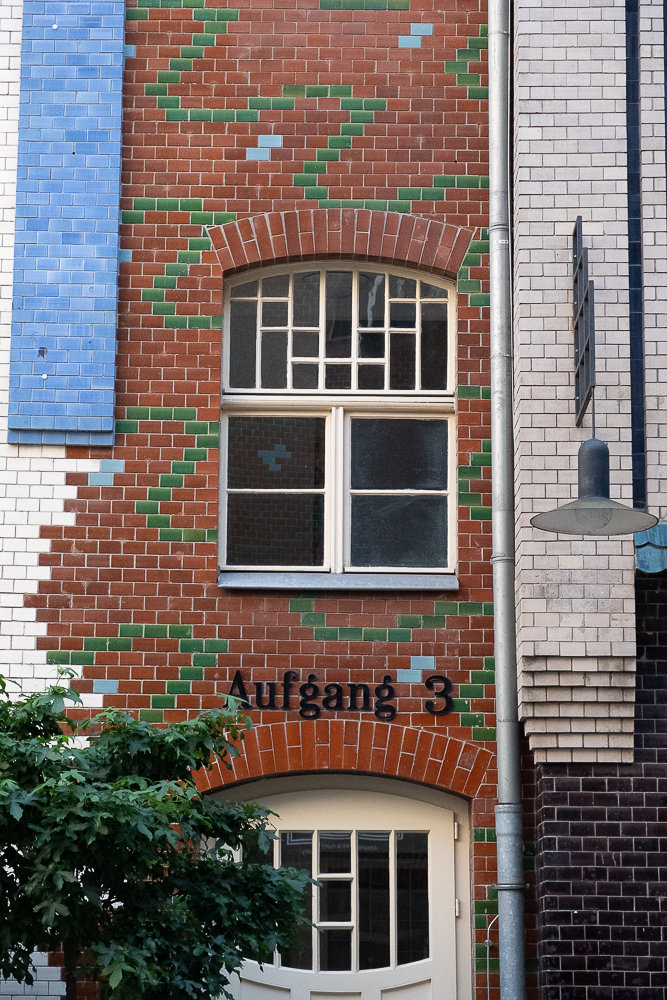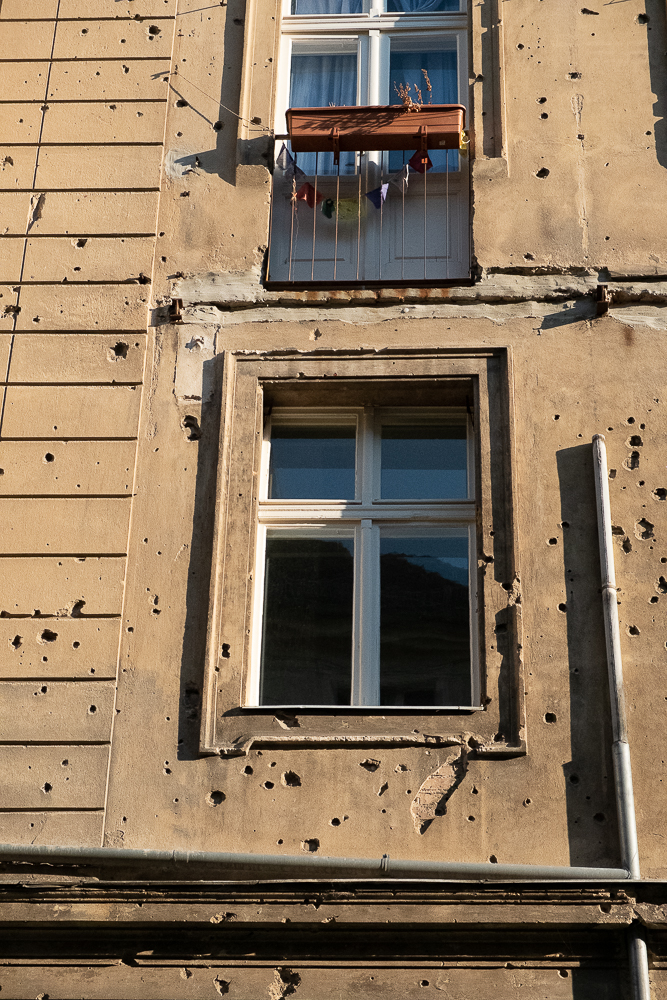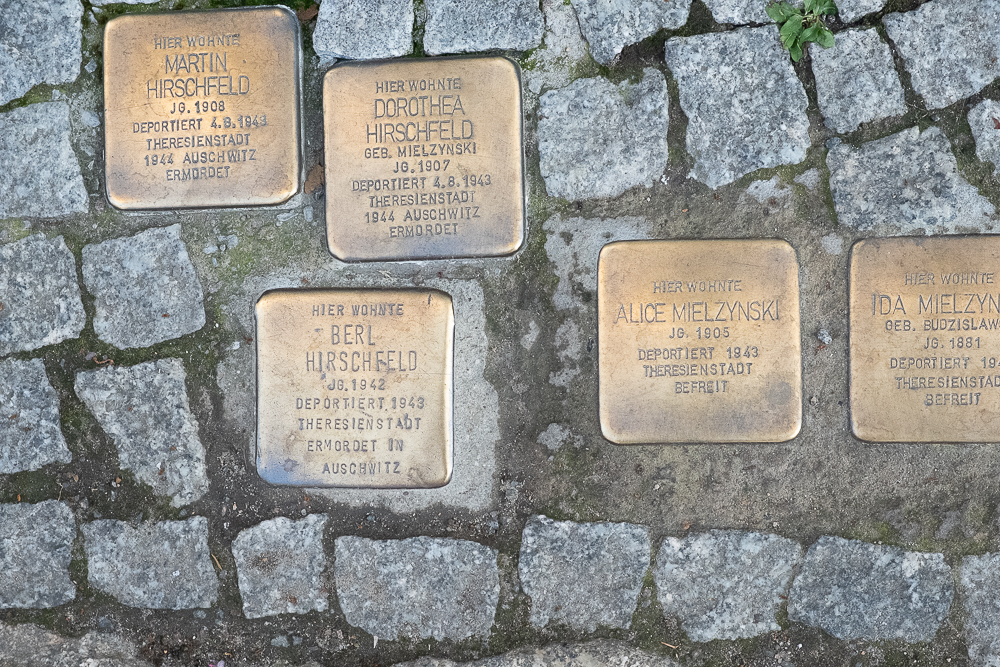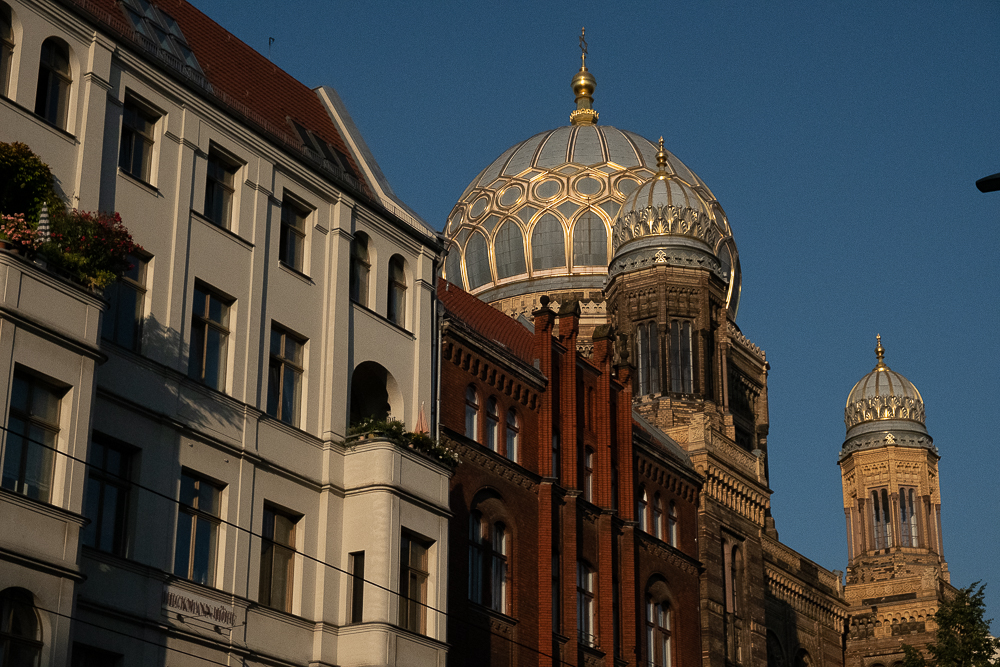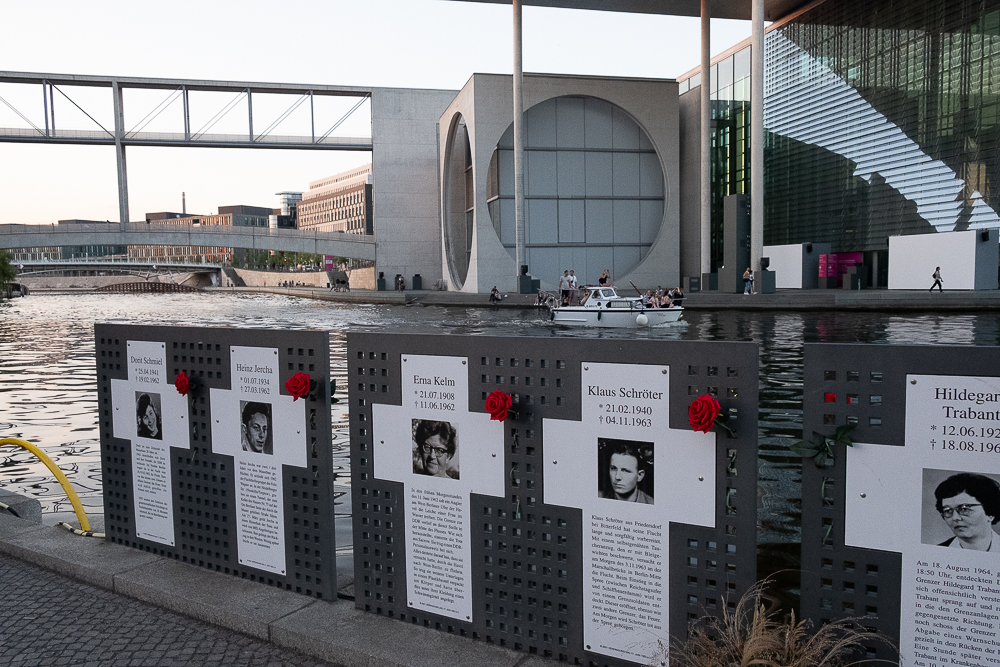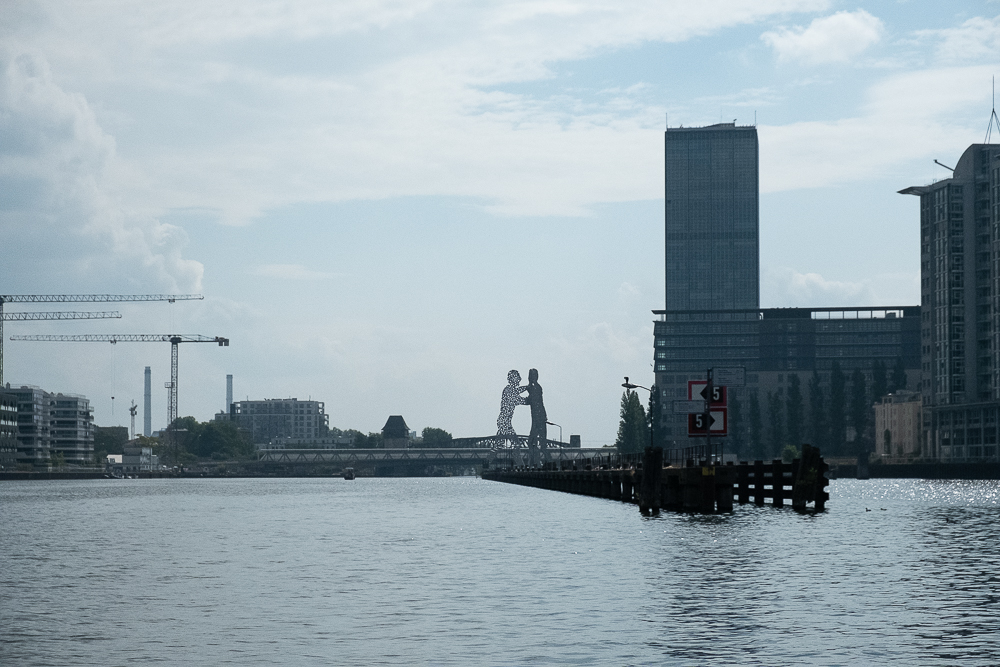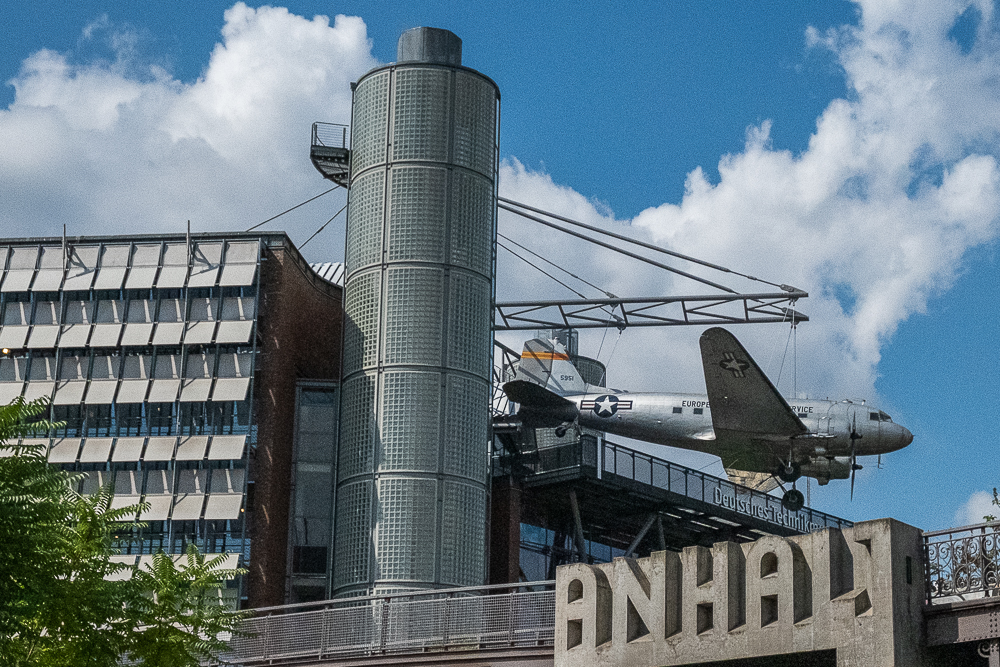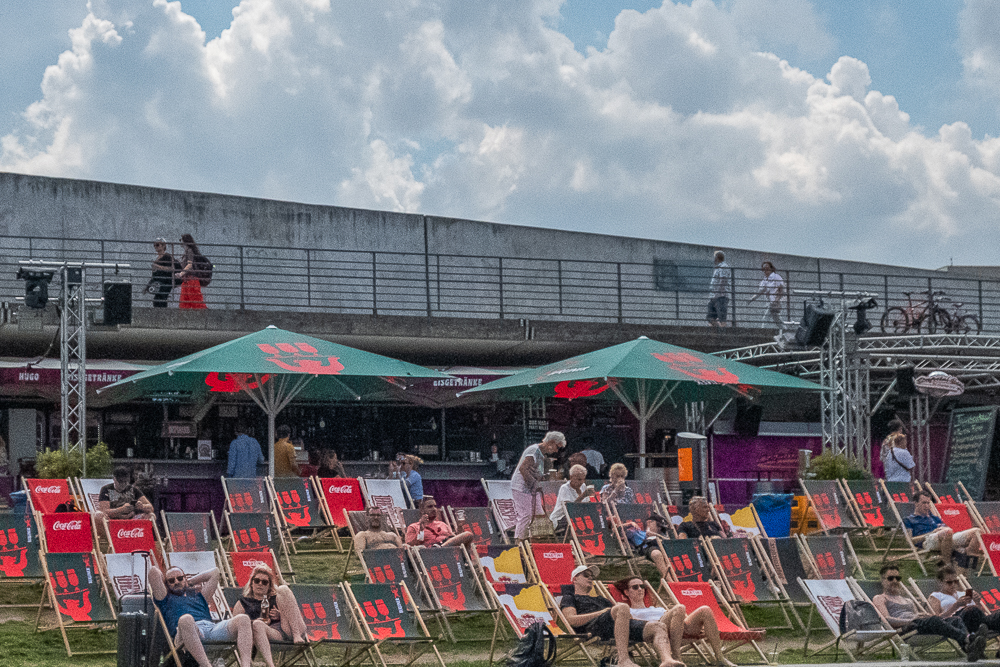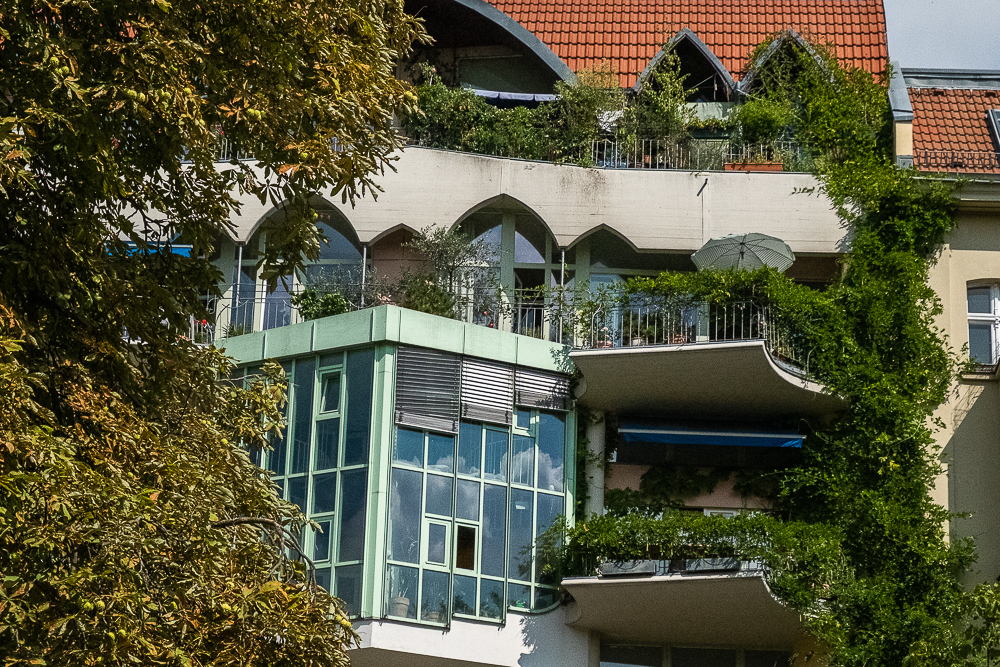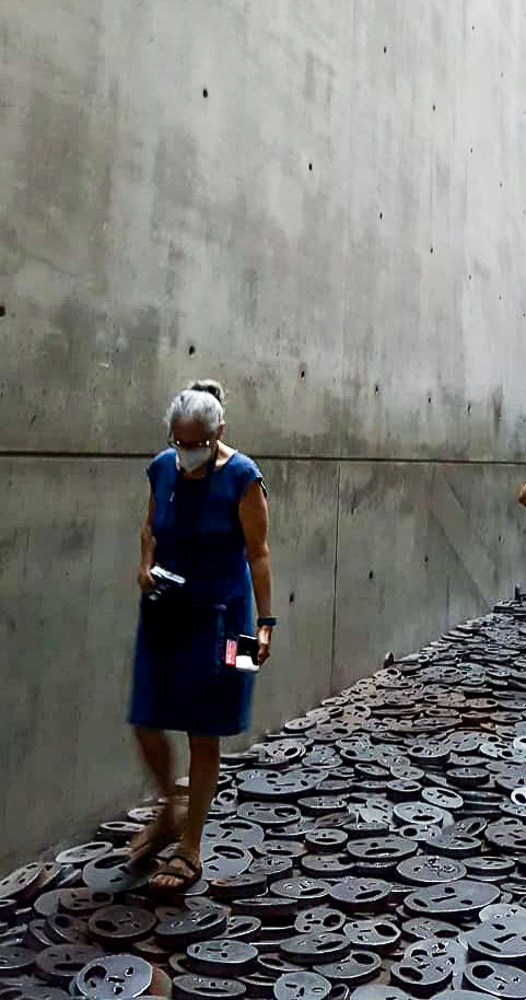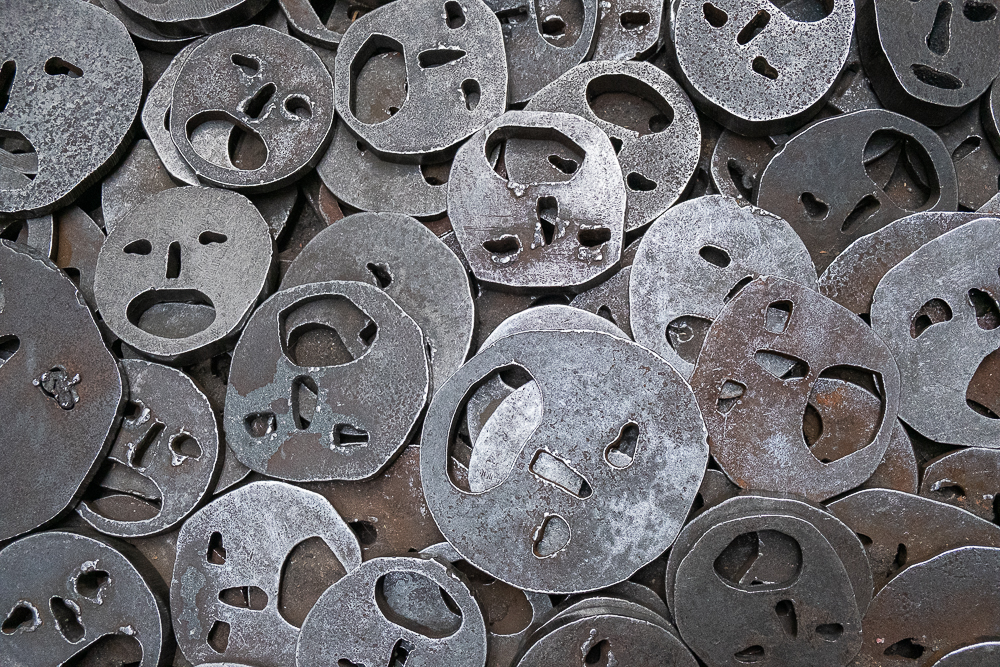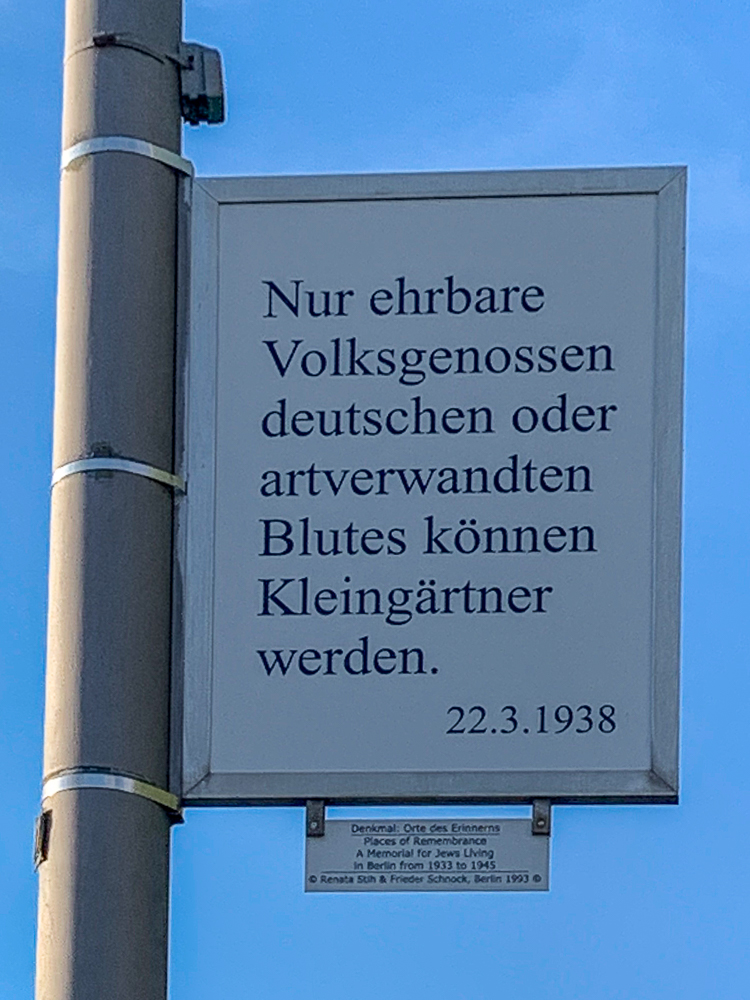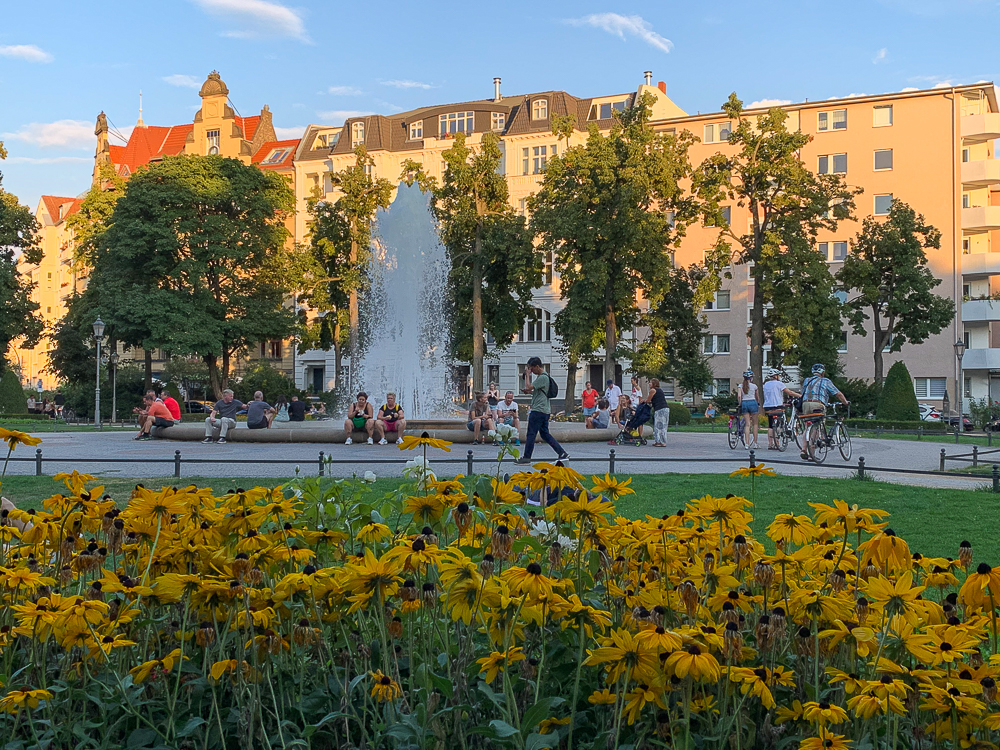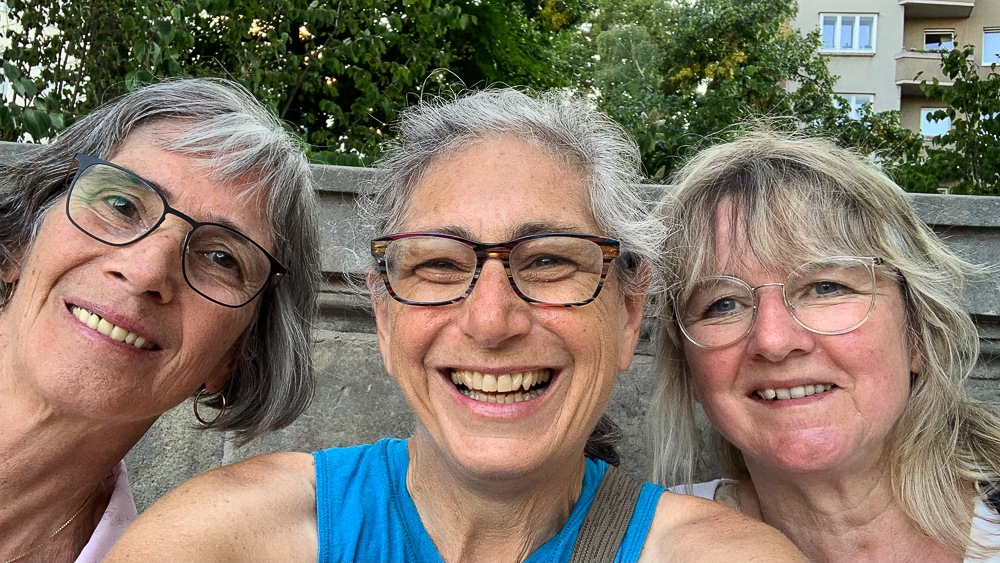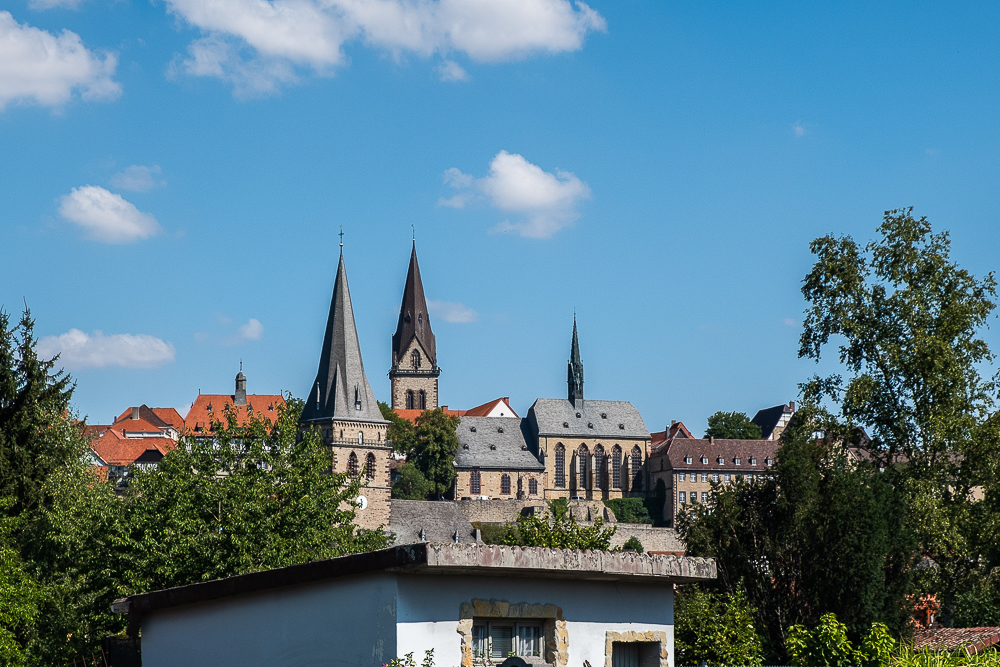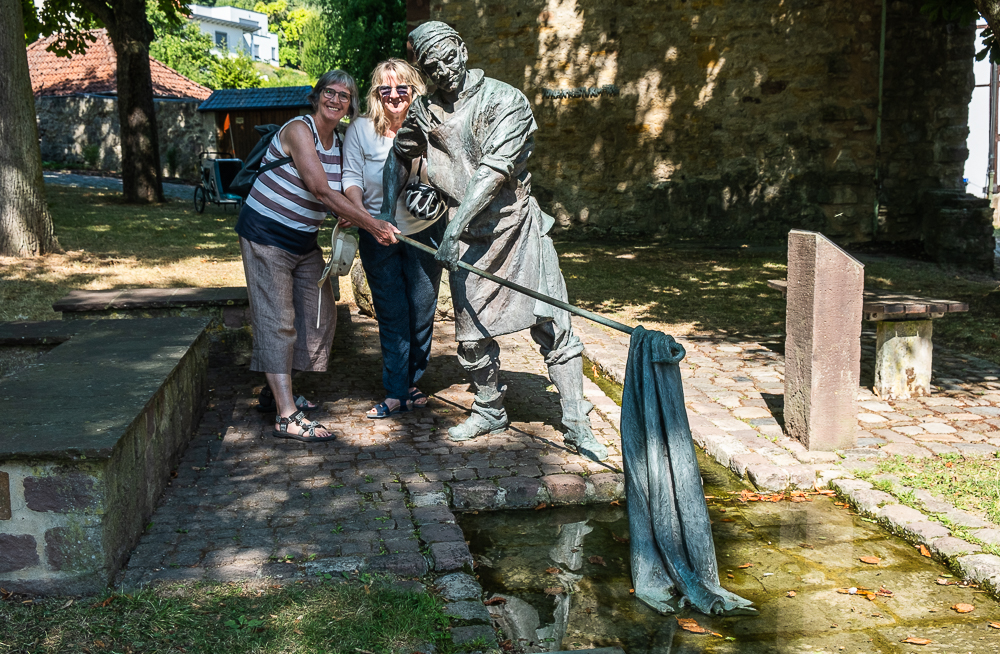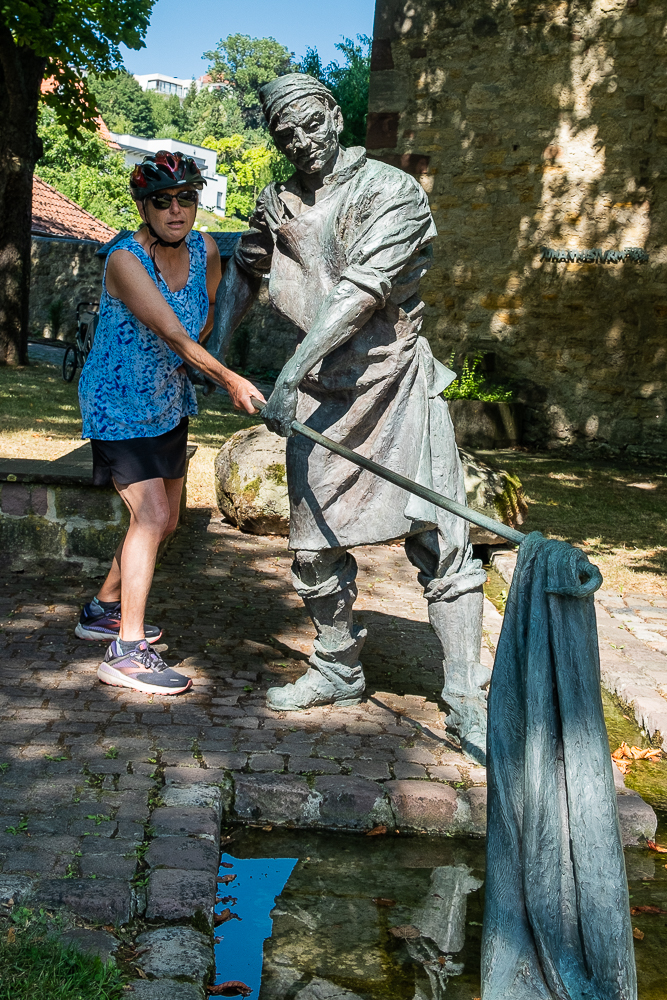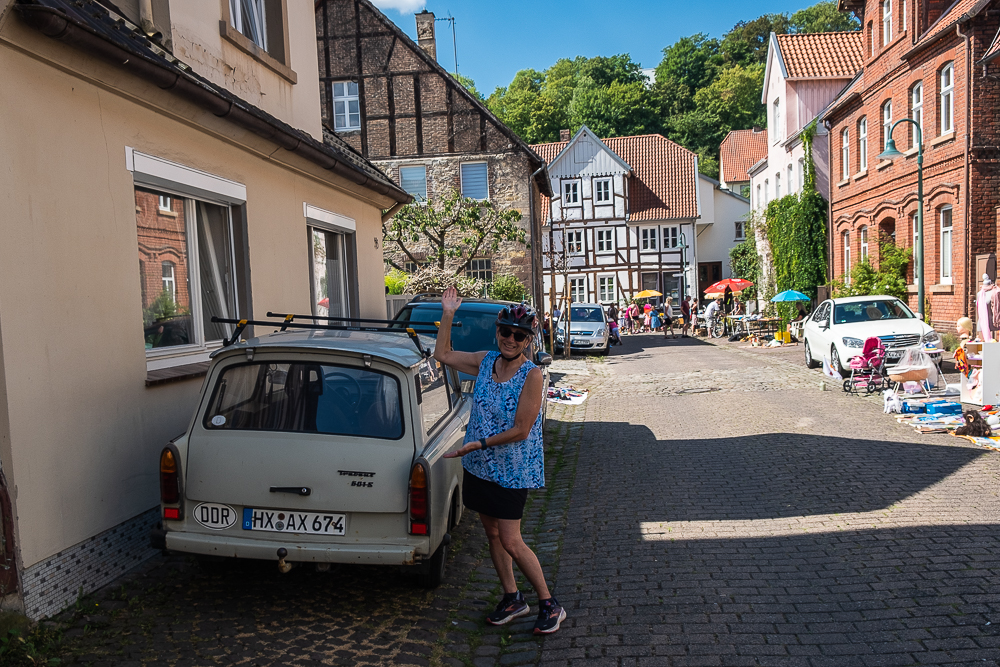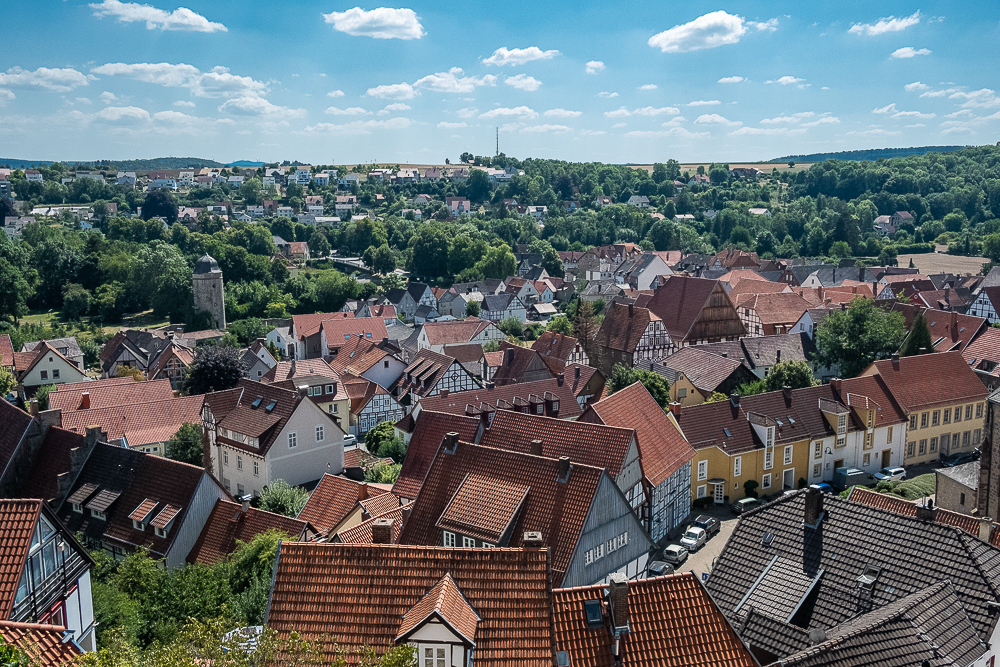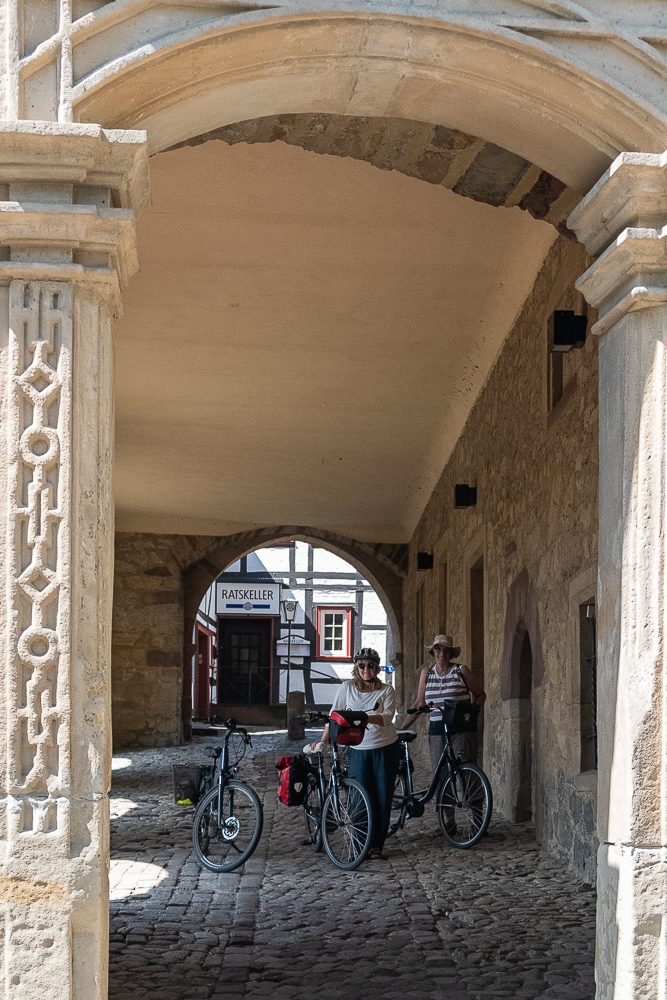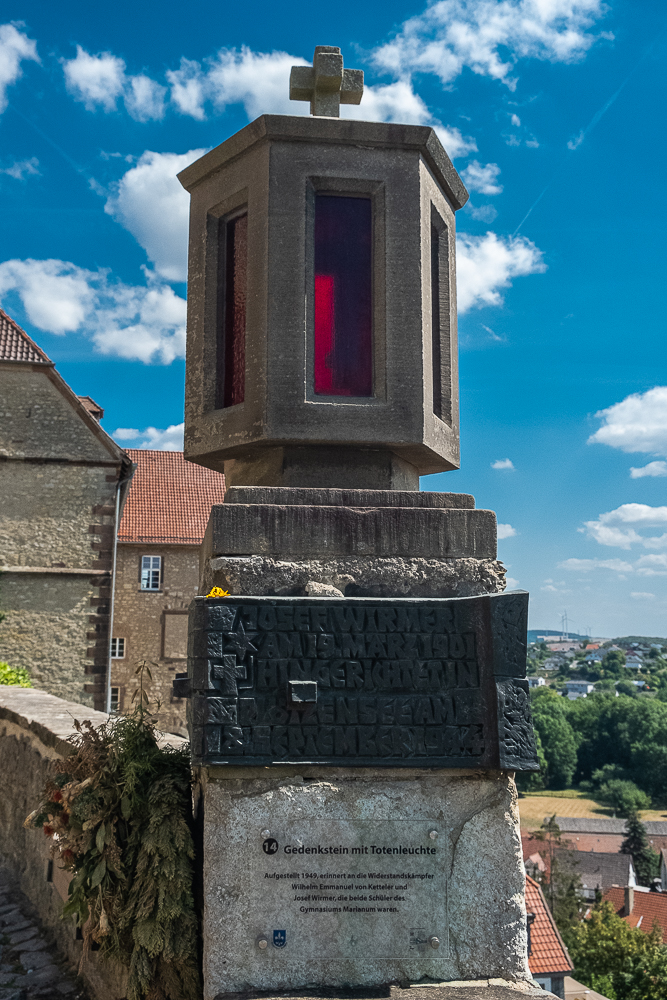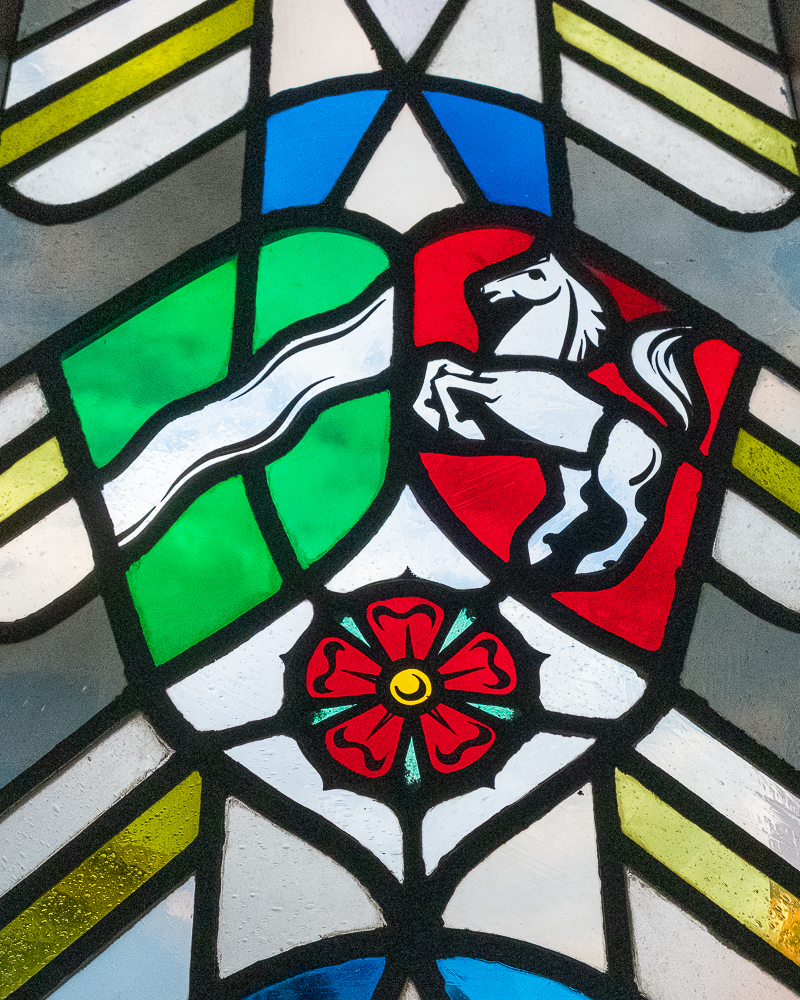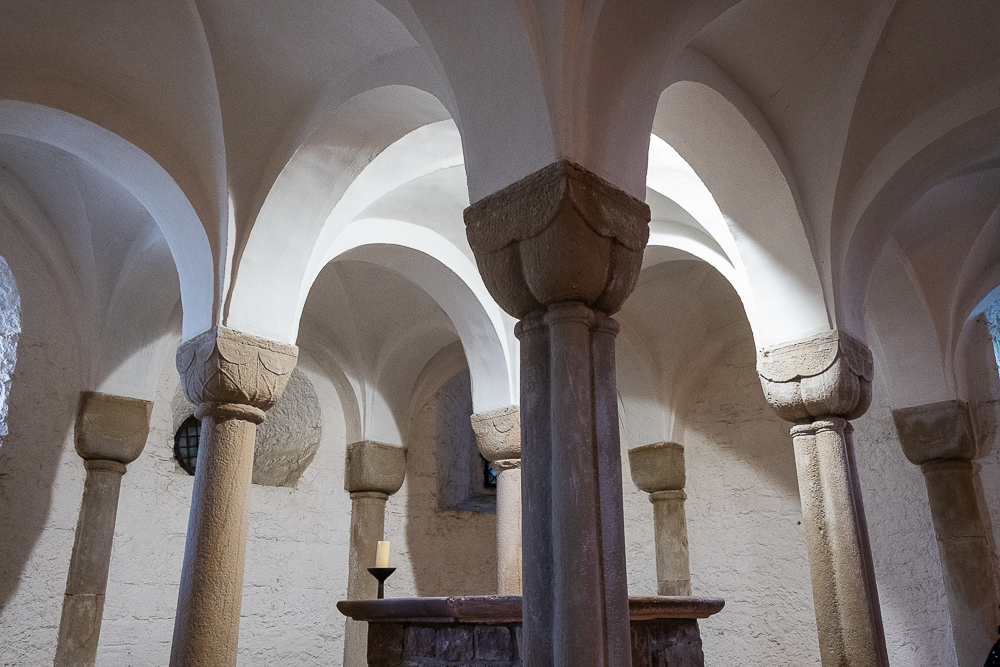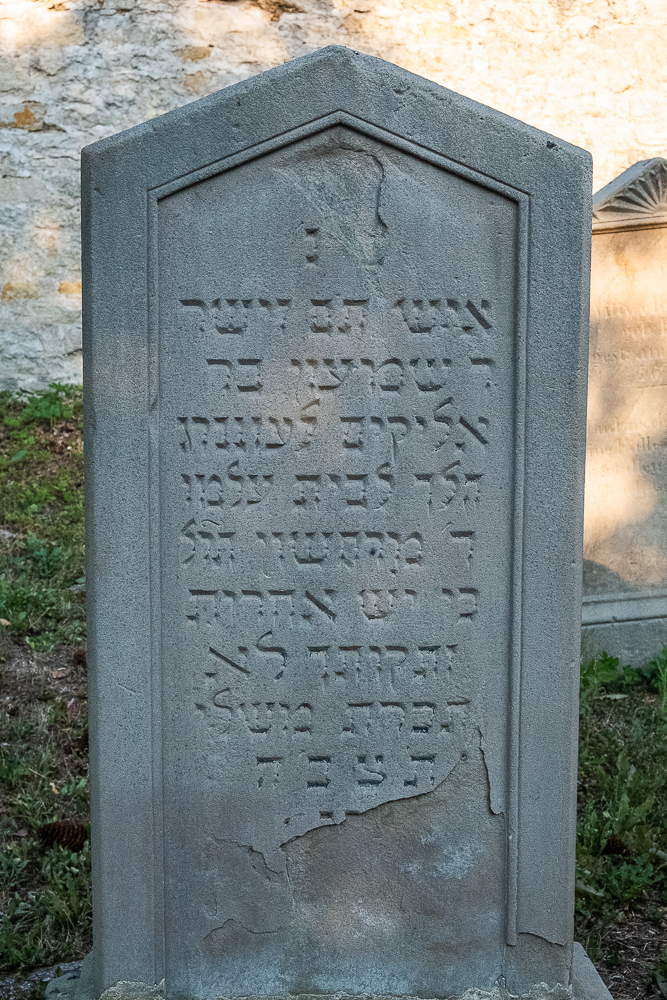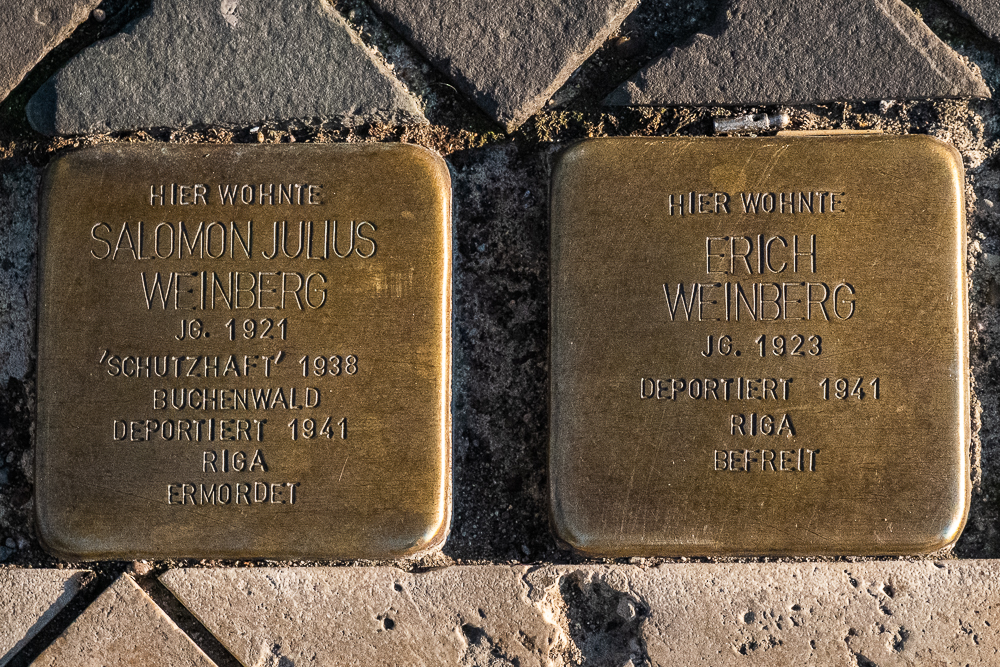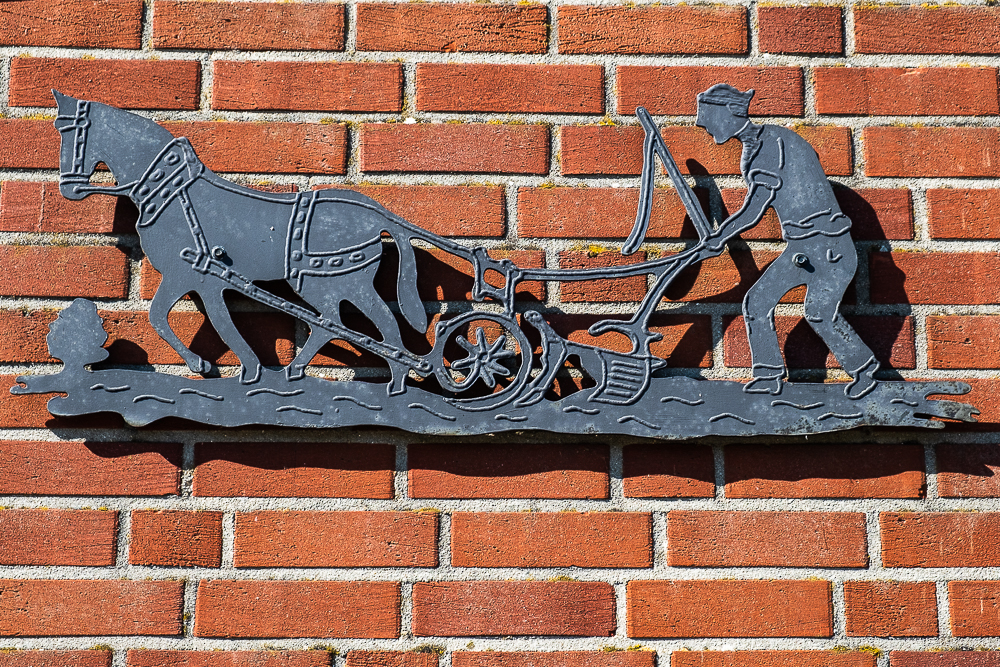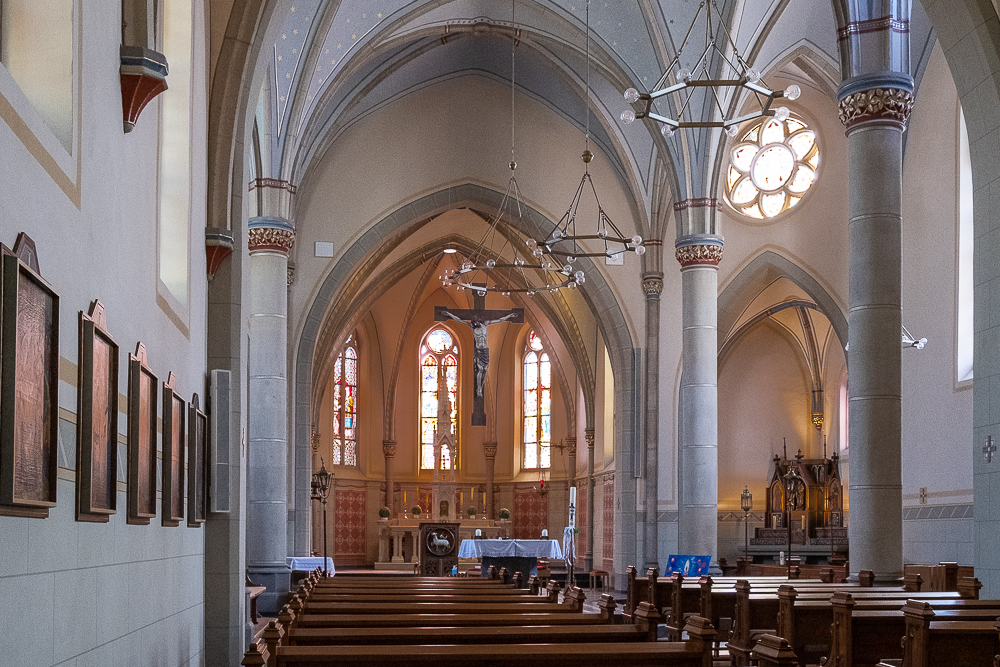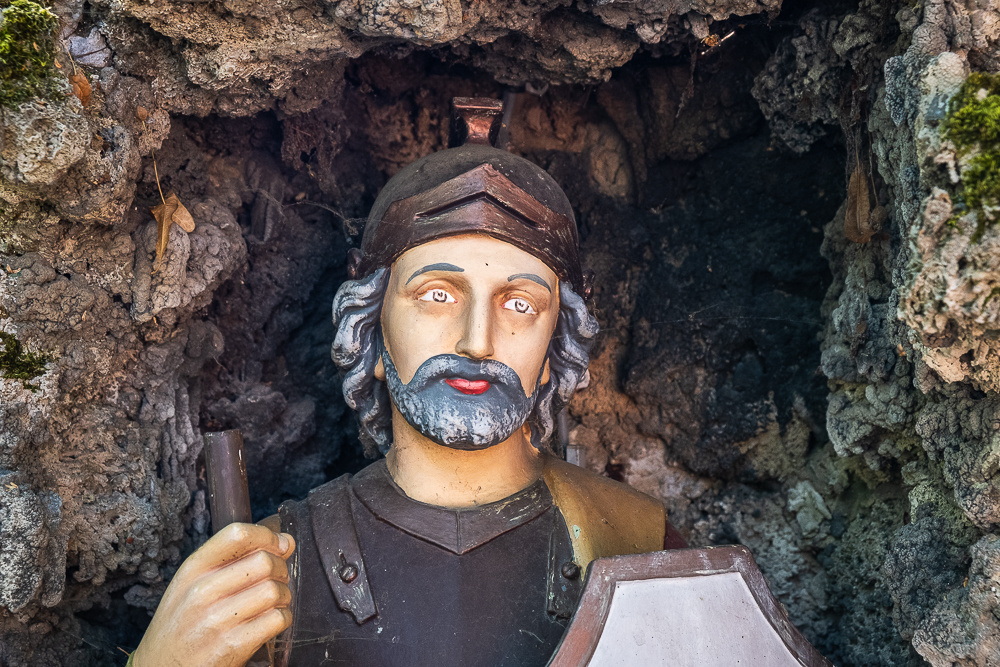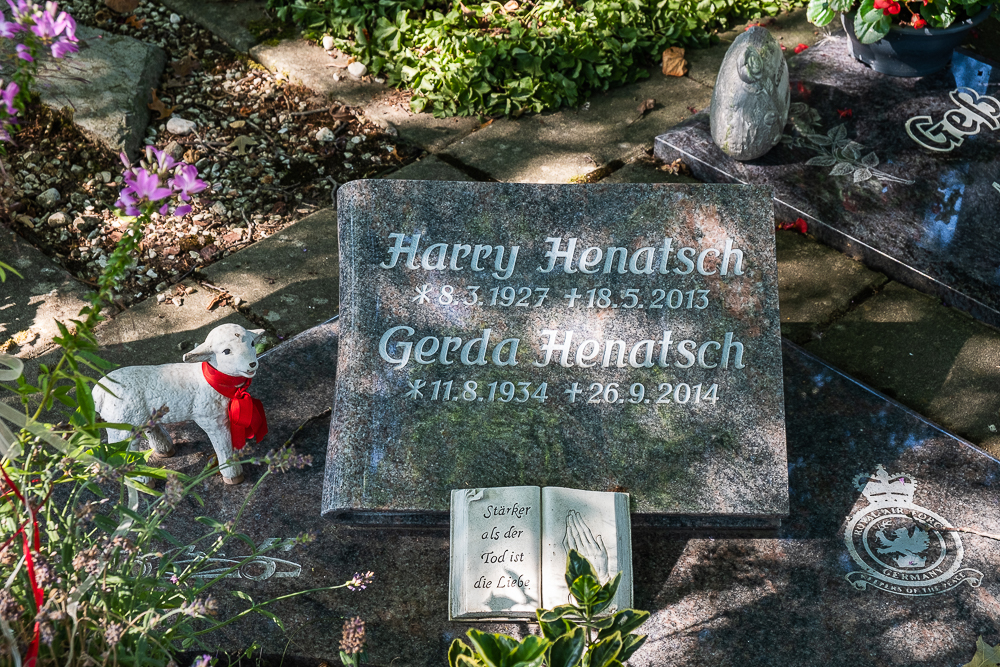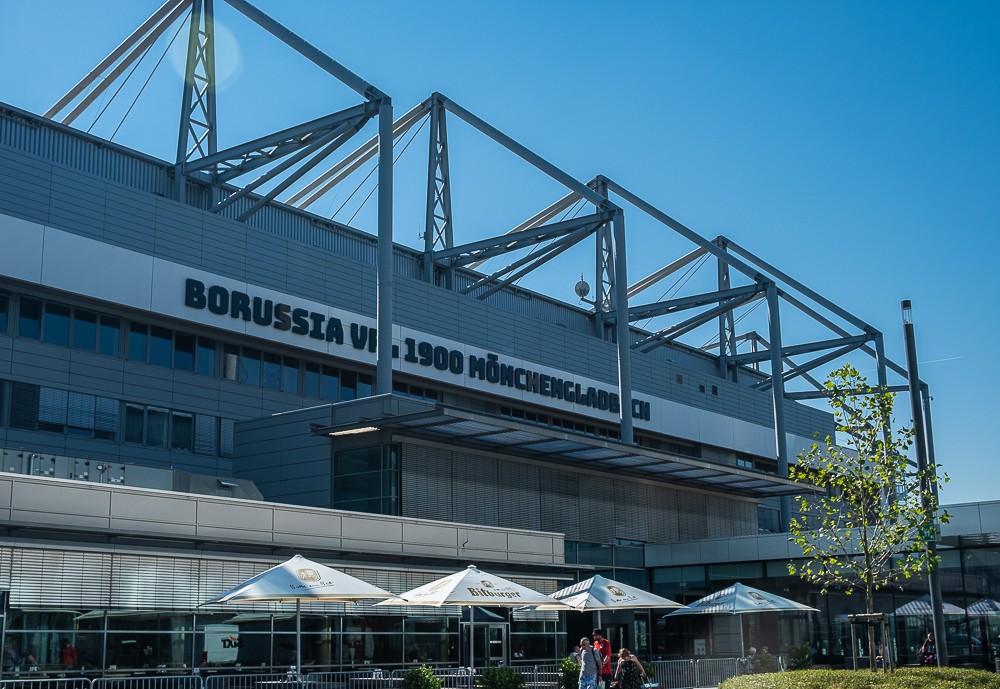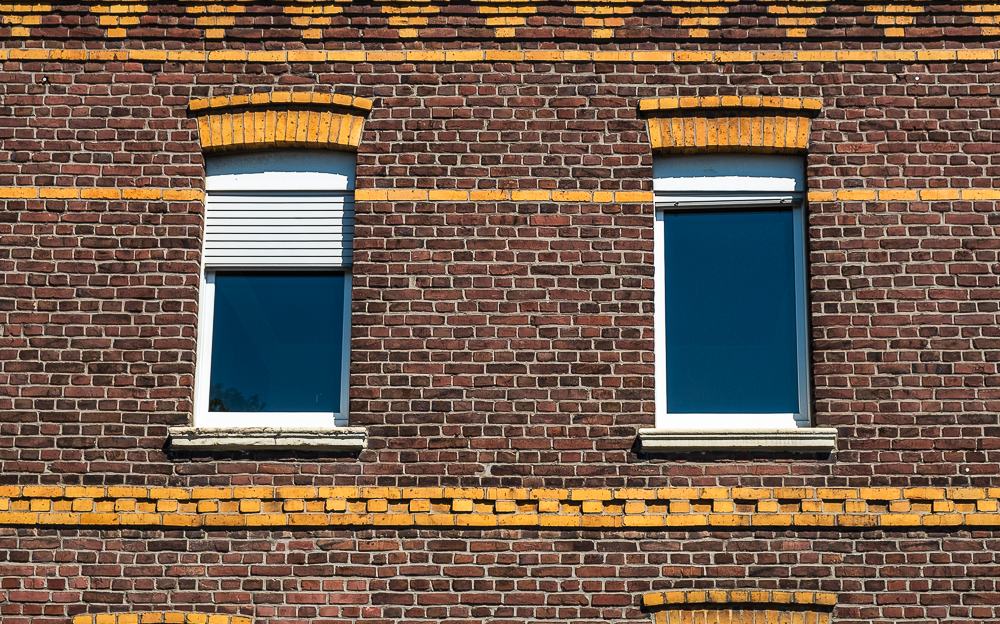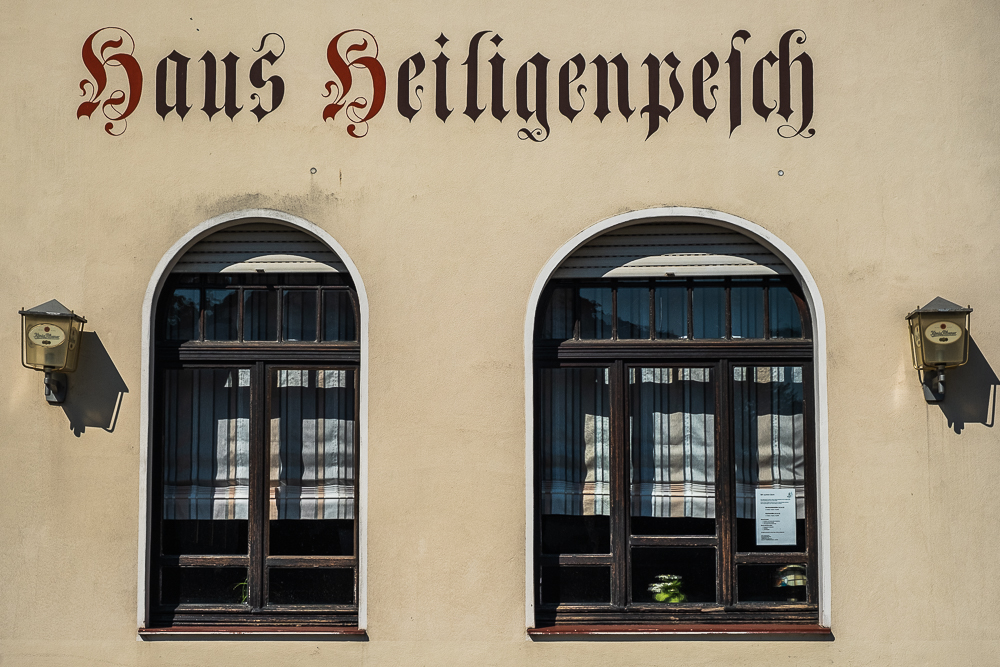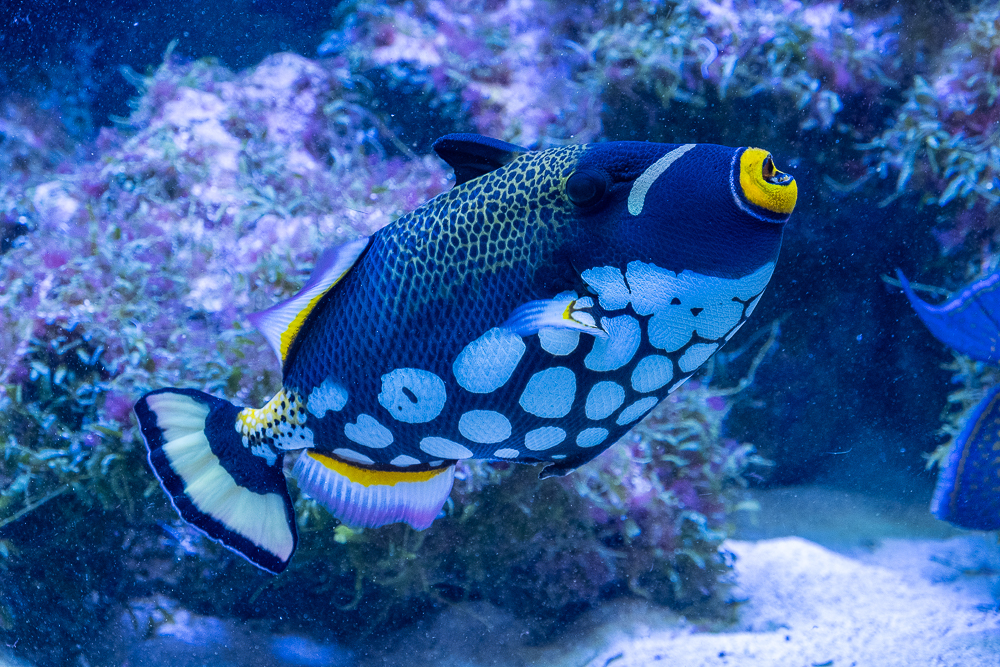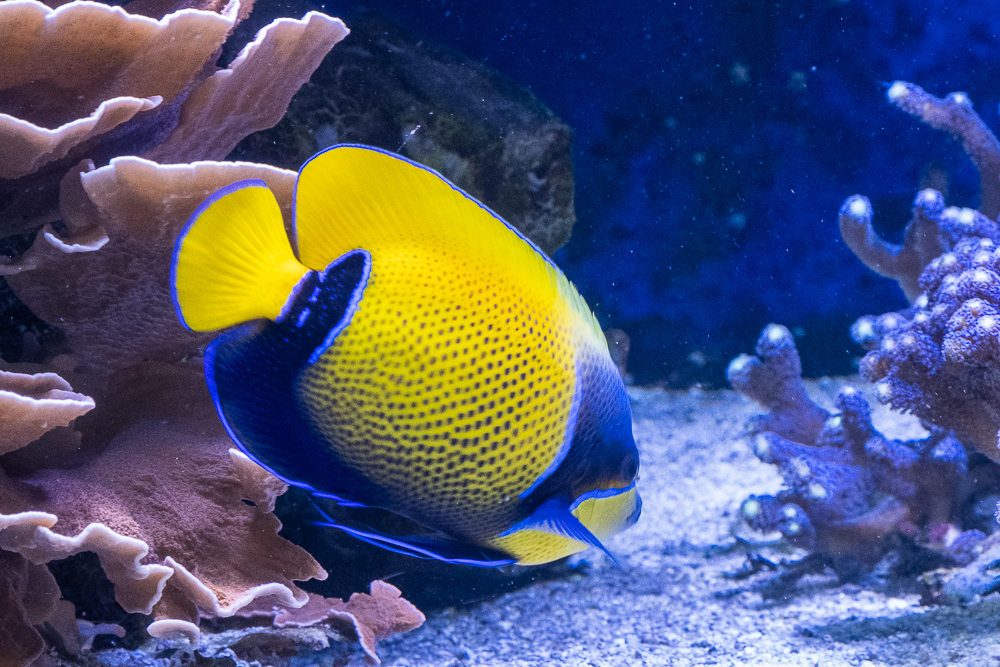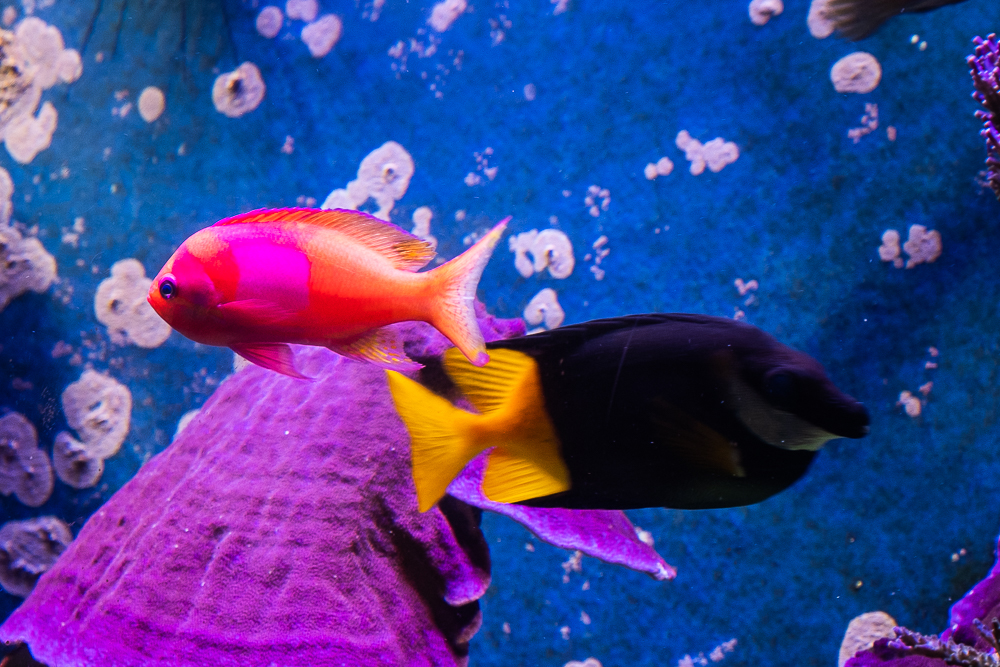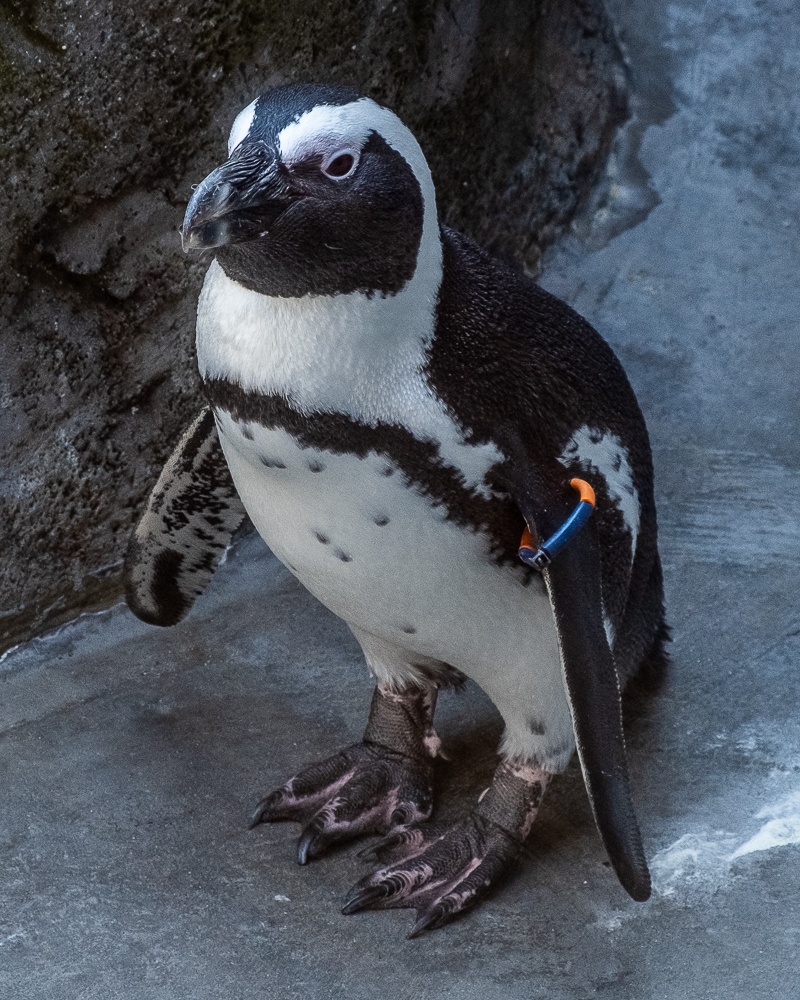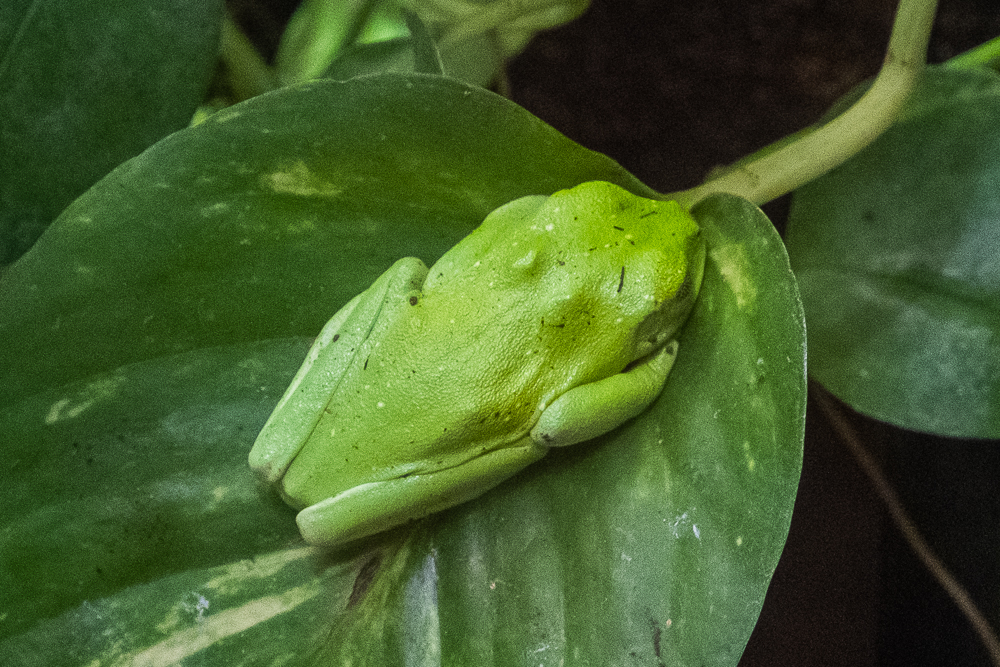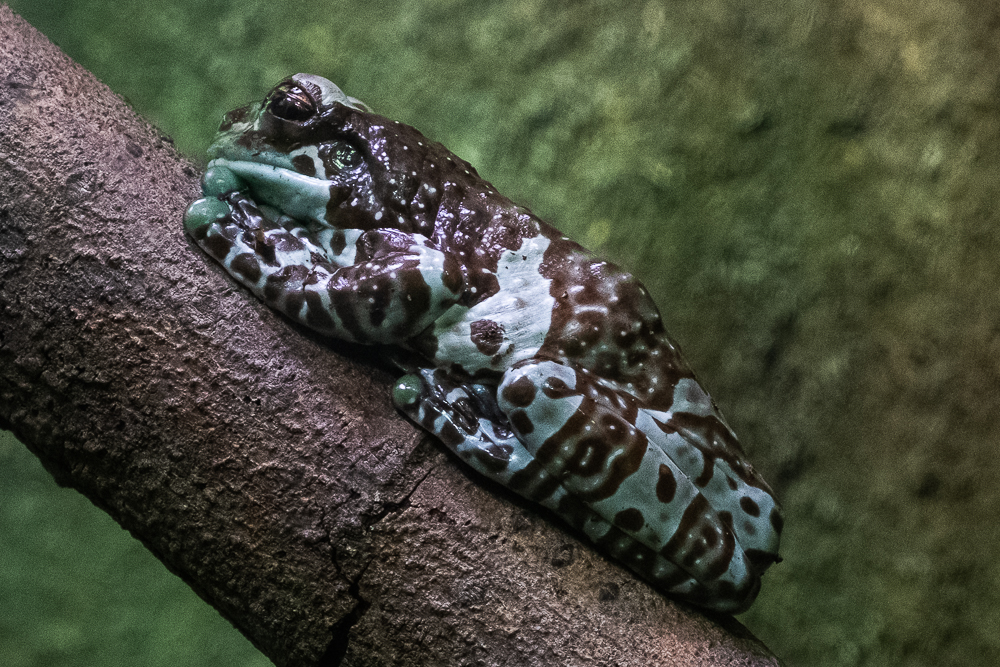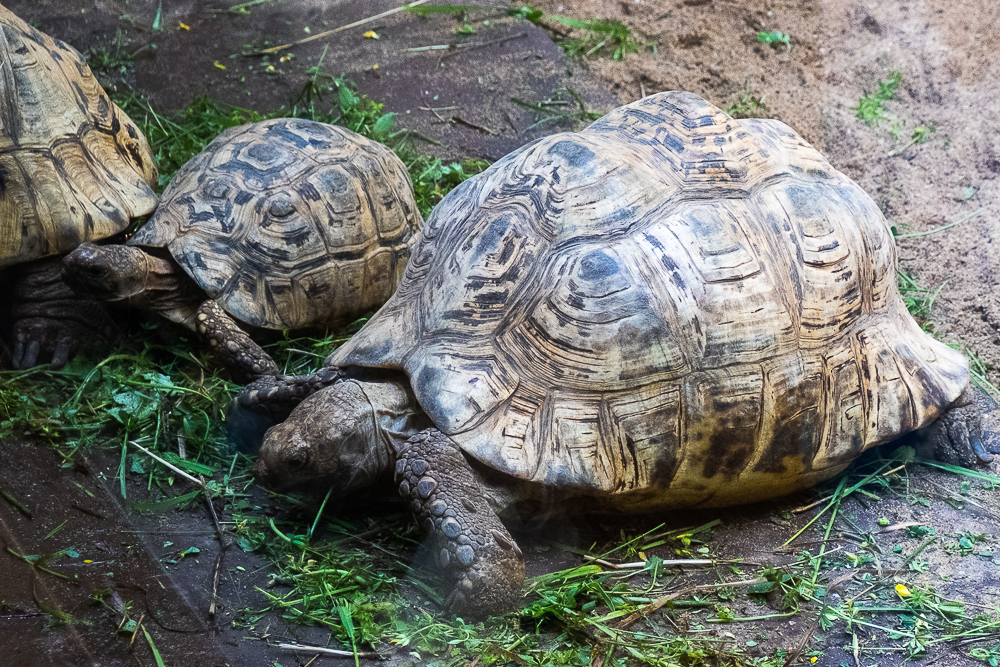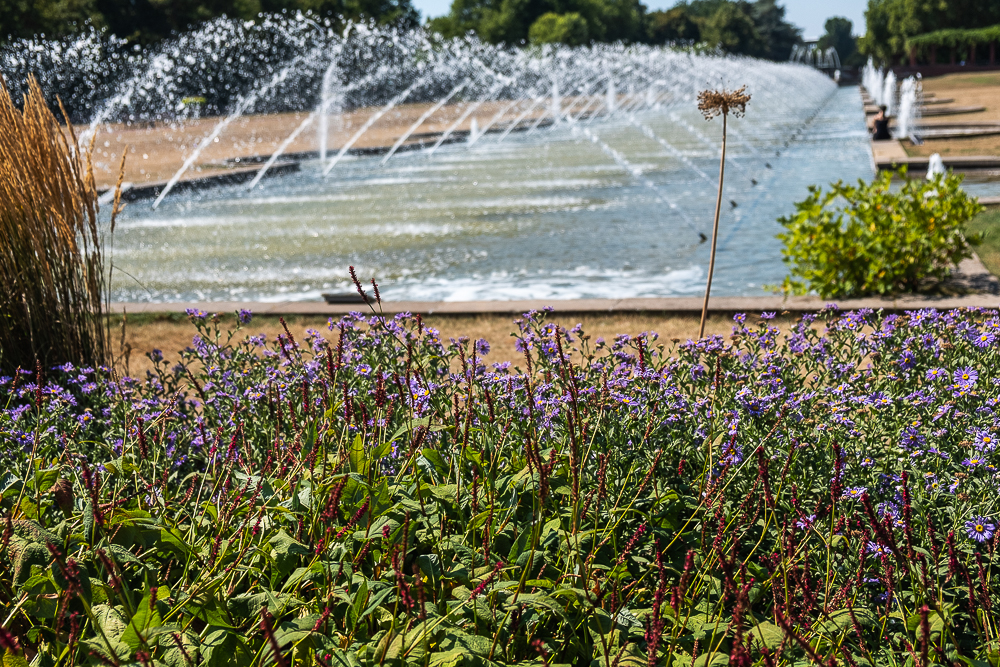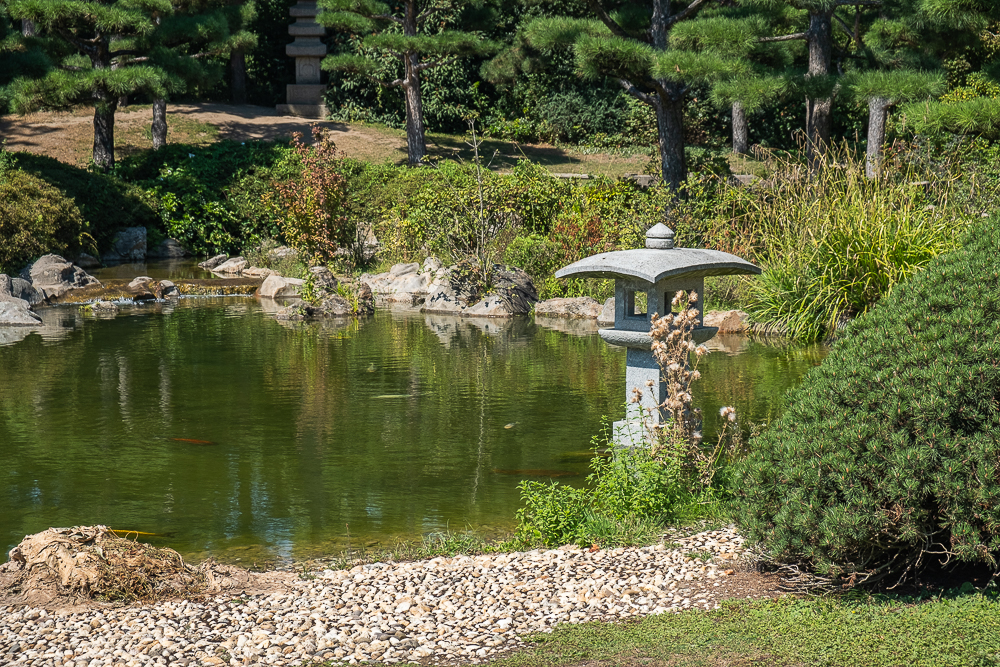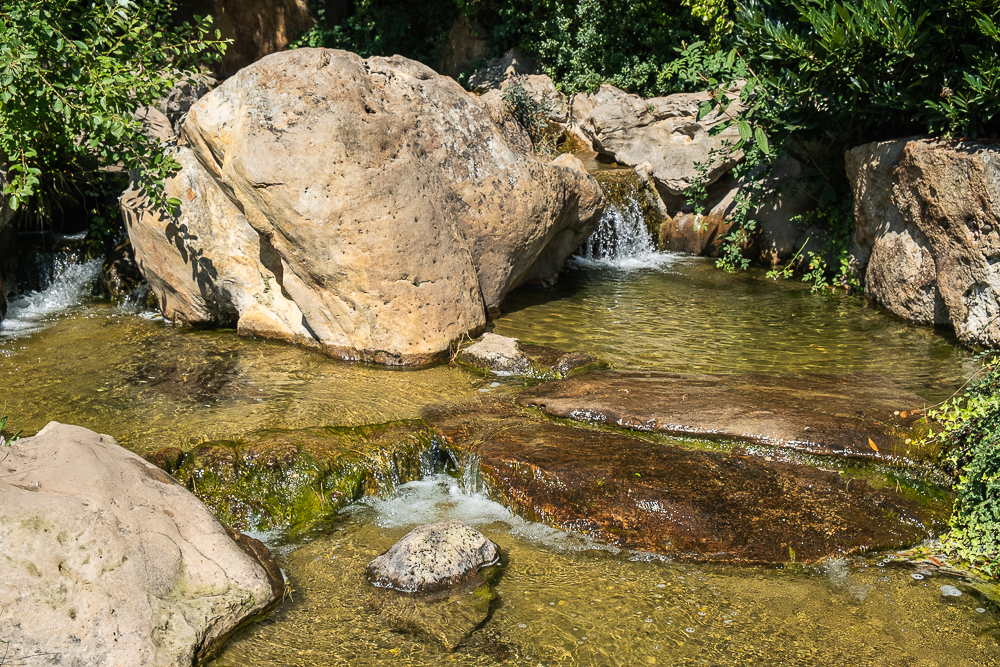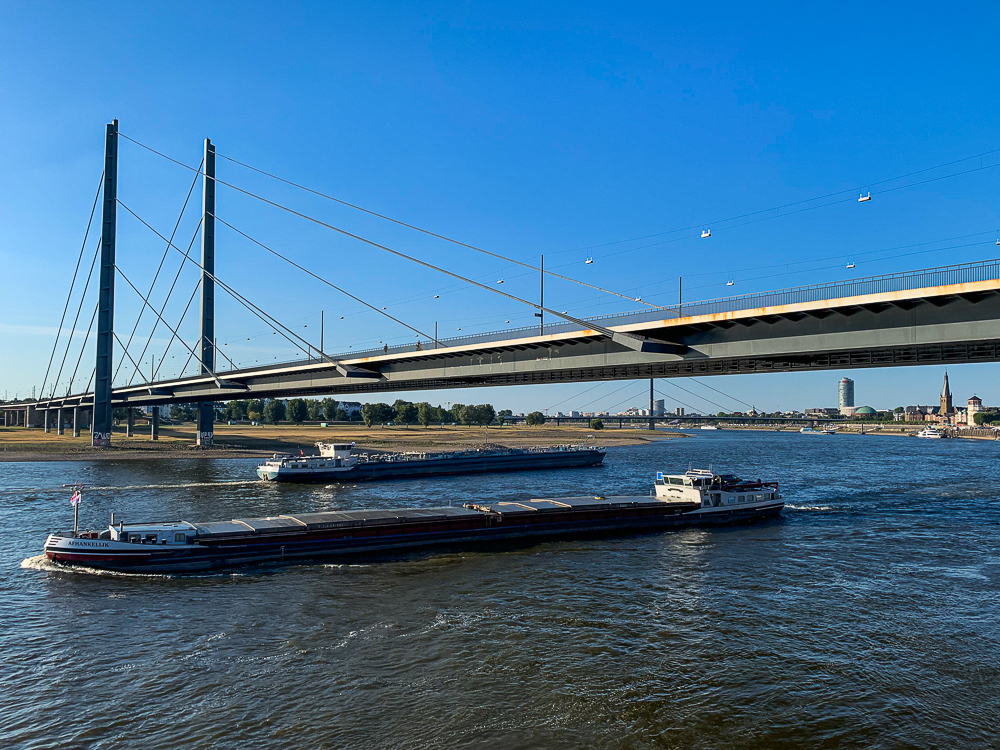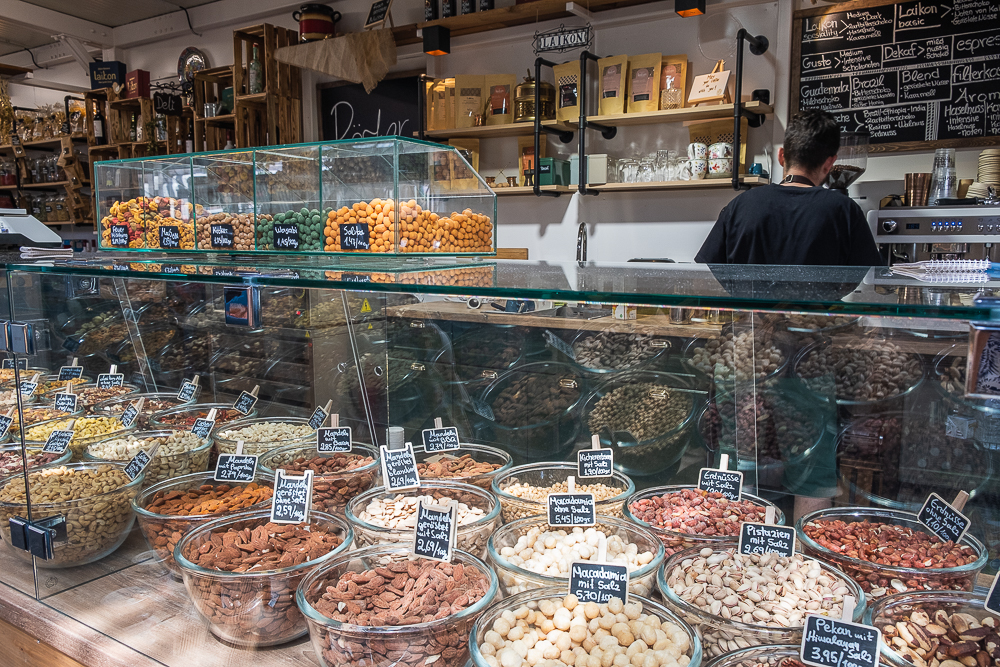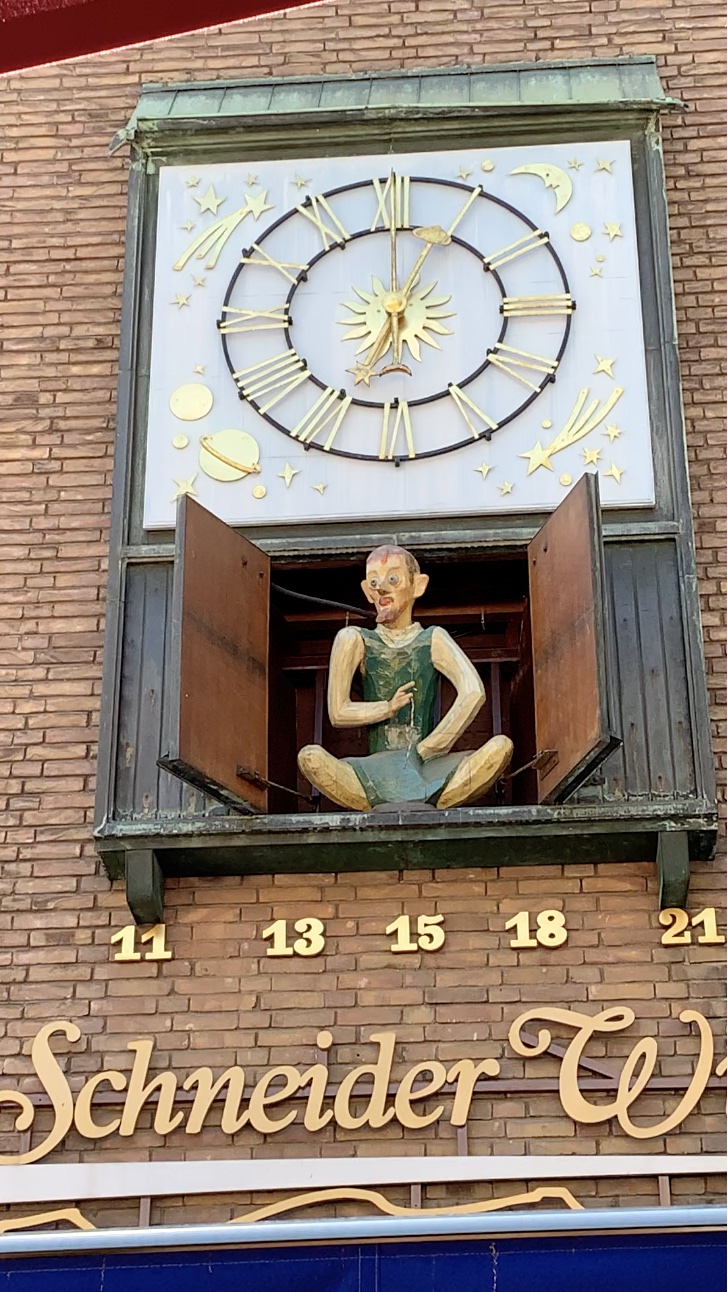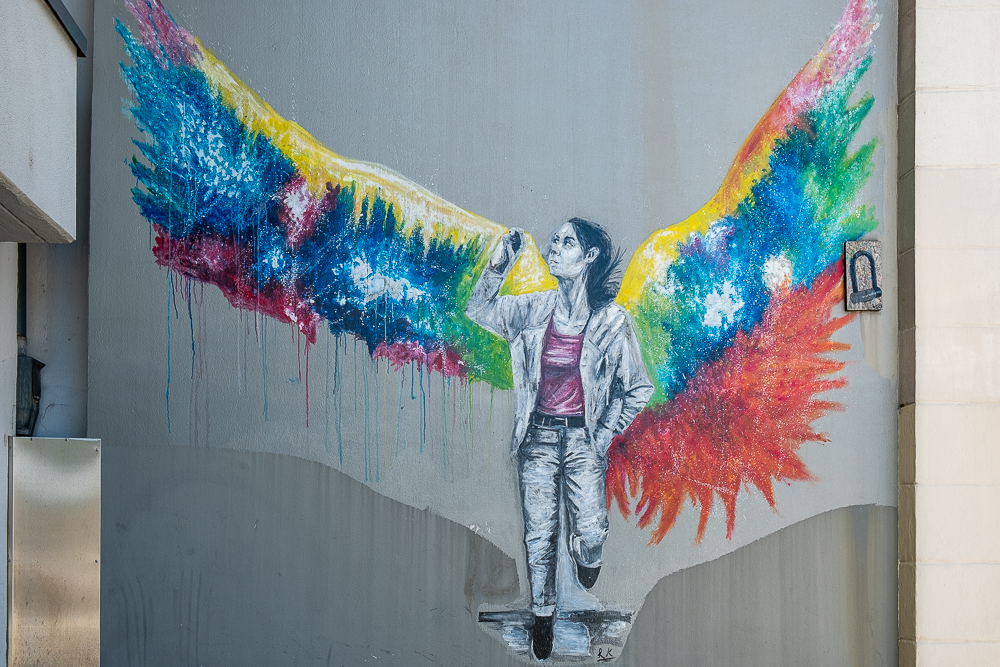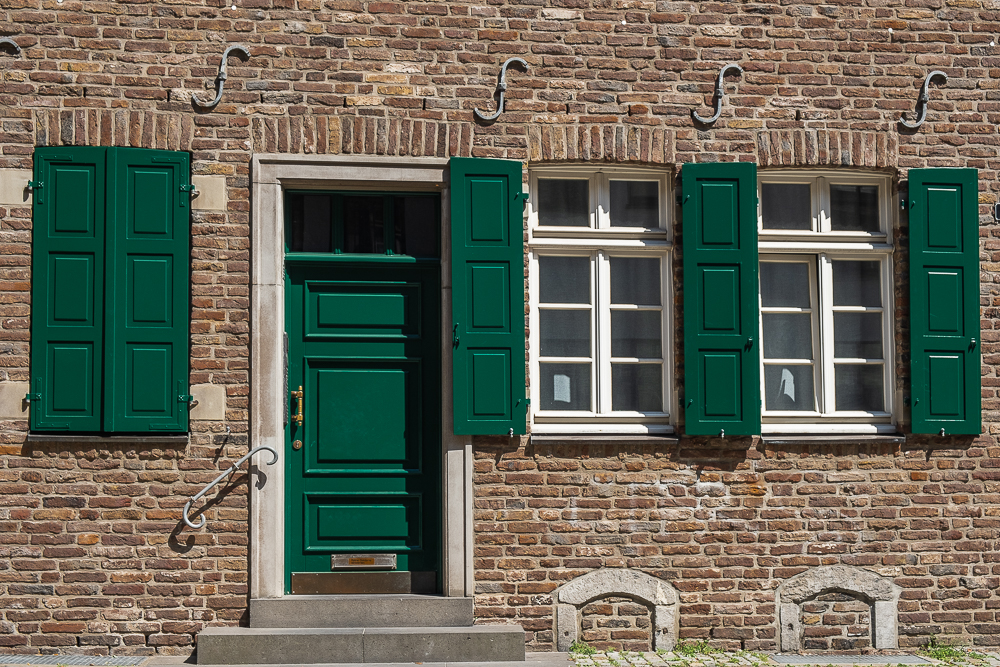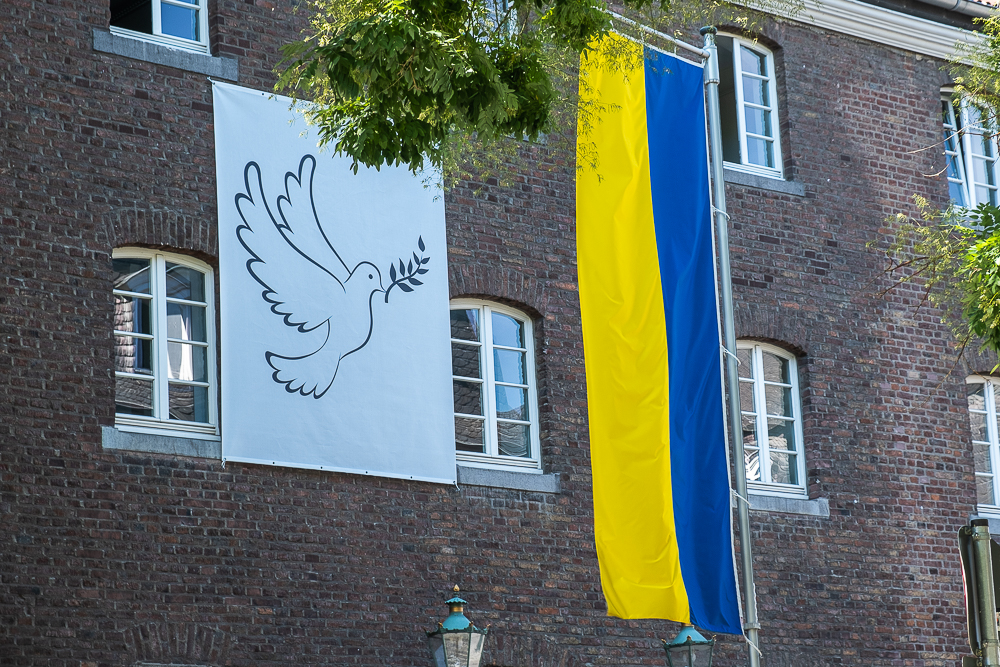I’m typing this on my train from Düseldorf, Germany, to Amsterdam, Netherlands, thinking this is a good time to reflect on my visit to Germany.
Background: Astrid and I became friends over 31 years ago in a Baby and Me group soon after our older children were born. Given her parents were born in Germany and Astrid’s many aunts, uncles, and cousins still live in Germany, we have planned, for over 30 years, for her to show me Germany. With children, jobs, and life’s many twists and turns, 2022, we decided, was the year! This year, following her family reunion and her family trip to Scotland, she and I would meet in Düsseldorf and explore Germany with two of her cousins, Barbara and Jutta. I left the US on August 8, arrived in Germany on August 9, and enjoyed Düsseldorf for a couple of days on my own so I could recover from jet lag and be fully refreshed when I met Astrid and her cousin Barbara on August 10. Astrid, quite tired from her journeys, rested at Barbara’s house while I walked around Hehn on August 11. On August 12, the three of us drove to their cousin Jutta’s house in Warburg. It soon became apparent that Astrid was not just tired but had corona… After 30 years of planning, we needed to pivot to Plan B. Astrid stayed in Warburg with Jutta’s wonderful husband Hans-Juergen taking care of her; Barbara, Jutta, and I hopped into Barbara’s car and drove to Jutta’s flat in Berlin. Our plan for Astrid to show me Germany evolved into her connecting me with her cousins who shared Berlin with me. Life is a series of Plan B’s…
Berlin: I know, I know…I should have done my research before this trip so I better understood the history and culture of this city. But I didn’t. Instead, I experienced the nuances and complexities of Berlin through my own uninformed eyes. We visited Jewish sites, Berlin Wall sites, modern neighborhoods, monuments, plazas, fountains, restaurants…much that Berlin has to offer. We took public transit and WALKED – all in 90 degree heat! What I imagined when planning this trip was to see modern Germany through the perspective of current citizens. This is EXACTLY what happened! Jutta and Barbara were FABULOUS tour guides, showing me a wide variety of sites and reflecting on their experiences as Germans, women, educators, mothers…
The Holocaust: Never forget. Throughout my ten days in Germany, in both large cities and small towns, the Holocaust is remembered and memorialized. Stumbling stones allow walkers to pause and reflect on the life of the person mentioned on each stone. Signs on lampposts in Berlin highlight laws against the Jews. Formal monuments, memorials, and museums remind visitors of the lives of so many who were murdered. It seems to me that this is a country willing to face its past. It is also a country that, while acknowledging the past, wants – needs – to move forward. Speaking to Barbara and Jutta, they expressed that Germans today do not want to be held personally responsible for the Holocaust. They were not alive and, therefore, did not participate in that catastrophe. When I think about the atrocities of slavery and the treatment of indigenous people in the United States, I can relate. For example, I did not own slaves, so why should I personally be responsible for slavery? This does NOT mean that I cannot – that I should not – do what I can to help mitigate the effects of slavery, racism, and oppression. It does, to me, mean I should remember the past and do what I can to help create a better now and an even better future.
My “aha” moment: Jutta’s husband Hans-Juergen (HJ) fled East Germany when he was 20 years old. Since HJ speaks many languages, one of which is not English, Jutta told us HJ’s story while we shared dinner on our first night in Warburg. She kept using the term “frontier” and I kept thinking “the wall.” My very naive perspective was that Germany was divided into West and East Germany after WWII with Berlin being in the middle. The wall, in my mind, ran straight through Berlin and split the country in two. Wow! Was I wrong! At the Berlin Wall Memorial, it finally dawned on me – especially after seeing maps of sectored Germany and sectored Berlin! The frontier was the border between East and West Germany and ran north to south down the middle of the country. Berlin, a small dot on the map of the entire country, was deep into East Germany. The country was partitioned into four sectors – Soviet, American, British, and French. Berlin – the small dot within the large area of East Germany – was also divided into four sectors. Anyone from the west, even if they were going into their own section of Berlin, had to travel through East Germany. This is why Jutta and Barbara showed me watchtowers from the Auto Bahn on our drive to Berlin even though we were still so far from Berlin! The frontier where HJ crossed was nowhere near Berlin – it was much closer to Hamburg! The wall is not just one wall, but it’s two walls with a zone in the middle. So much became clearer after experiencing the Berlin Wall memorial!
Until next time: There is so much more to see in Germany! Next time, I’d like to see Munich, hike in the Alps, and explore the Rhine on a bike…and NEXT TIME, the pandemic will, hopefully, be behind us, so Astrid and I can share this country together.
Düsseldorf

Hehn

Warburg

Berlin

Brüggen





